






















Embarking on the fourth issue of SANTA CRUZ VIBES, we fnd ourselves at the intersection of a strategic pause, looking back and looking forward. It is both a closure and a beginning.
Refecting on our journey that began nearly a year ago with the Summer 2023 issue, the consensus was to dive in, roll up our sleeves, produce four high-quality seasonal issues, and then assess our progress as a team and within the community.
While this OPENING VIBE could delve into the minutiae of our successes and the subtle challenges behind the scenes in building the infrastructure for a quarterly magazine, that’s not the primary focus for me as I refect on the past 12 months.
What strikes me is a quote I often throw around in all things VIBES, from the frst team meeting where we outlined the concept of our magazine to a very recent marketing partnership conference call with the team at Santa Cruz METRO:
my small world has been to actively engage others, fght against implicit bias and try to understand circumstances from a different view.
Empathy and engagement are both nouns, theoretical ly holding equal importance. However, empathy proves to be more diffcult to practice. Empathy is commonly defned as the ability to understand and share the feelings of another. It involves the capacity to mentally and emotionally place yourself in the shoes of another person, more fully comprehending their emotions, perspectives and experiences. It is the key to making meaningful connections and fostering a sense of understanding and compassion.
“THE ONLY PATH OUT OF MY SMALL WORLD HAS BEEN TO ACTIVELY ENGAGE OTHERS, FIGHT AGAINST IMPLICIT BIAS, AND TRY TO UNDERSTAND CIRCUMSTANCES FROM A DIFFERENT VIEW.”
As we embark on our second year, we will continue working on the small business details of the important engagement part: publishing an attractive quarterly magazine with high quantities and wide distribution. More importantly, we will keep referencing that quote for motivation and stay committed here at VIBES to searching for that elusive empathy part of the equation.
“Engagement is the fastest path to empathy.”
I’ve been unable to trace the precise origin of this direct quote, but I’m certain it etched itself into my consciousness as I overheard my wife tuning in to either a Brené Brown podcast or a Burgs meditation. Or maybe it was a random documentary that infuenced me. Regardless of its source, this quote has been a fundamental motivation for many years, intentionally serving as a building block for the emotion infused into every issue of VIBES
I lead almost every conversation on this topic with the following concession: I cannot undo who I am; I can only offer an evolving but very singular perspective. Understanding the limitations of this view, the only path out of
In each issue, you will fnd PERMANENT SEAT editorials intended to represent the voices of our incredibly diverse community. Our aim is to create a genuine meeting place where everyone can connect, and maybe see the world we share from another person’s perspective.
Brian Upton Brian Upton Editor in Chief/Publisher

Mountain lions are fercely private, yet they manage to survive in the Santa Cruz Mountains, surrounded by urban development. Their future depends on our ability to coexist with this apex predator in our midst. Creating habitat corridors and safeguarding denning sanctuaries are crucial parts of the solution.
Frans Lanting made this image when he joined Chris Wilmers and his team, who have been tracking the movements of mountain lions in the Santa Cruz Mountains. Check www.santacruzpumas.org for more information about their studies, which help shed light on the needs of mountain lions.



noun | plural noun: vibes
1. a person’s emotional state or the atmosphere of a place as communicated to and felt by others.
SANTA CRUZ VIBES MAGAZINE IS : A magazine celebrating the customs, history, current events, art and people of Santa Cruz, CA.
EDITOR IN CHIEF
Brian Upton
AD DIRECTOR
Sadie Hunt
DEPUTY EDITOR
Amy Sousa
SALES & OPERATIONS
Sadie Hunt
Jen Poli
PHOTOGRAPHY
Ryan “Chachi” Craig
Frans Lanting
David “Nelly” Nelson
David Dennis
VIBE CONCIERGE
Gina Poli
DISTRIBUTION
Magazine Taxi
FIND US ONLINE scvibesmagazine.com
CREATIVE DIRECTOR
Jen Poli
PHOTO EDITOR
Ryan “Chachi” Craig
MANAGING EDITOR
Neal Kearney
Joel Hersch
Natalie McEwen
EDITORIAL
David Dennis
Neil Pearlberg
Deijah Stephens
Autumn Hays
Josh Stefanik
Andie Mills
Craig Heihn
Laura Palmer
Joshua Pastone
Susan Salluce
PROOFREADERS
Nicole Peyton
Allison Scahill


All reasonable efforts have been made to ensure the accuracy of the information contained herein. Editorial content is intended as general information. The Editor/Publisher assumes no responsibility and makes no recommendations for claims made by advertisers and shall not be liable for any damages incurred as a result of or reliance on any information contained in this issue of Santa Cruz Vibes. Copyright 2024 Santa Cruz Vibes Magazine Inc. All rights reserved. Cover and content may not be reproduced in whole or in part without express written permission from the Editor.
For advertising inquiries, please contact: contact@scvibesmagazine.com





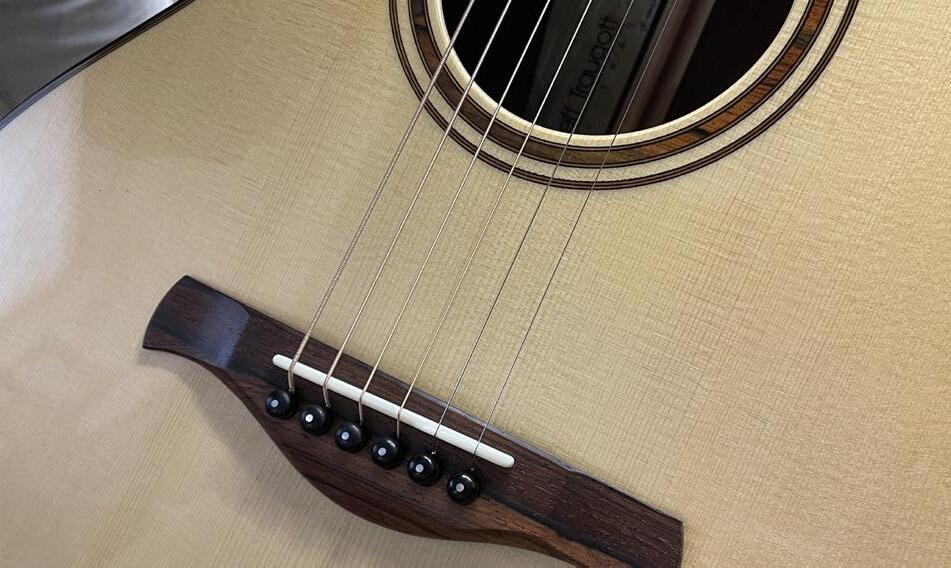



22 THE CHACH FILES
30 CRUZ FOAM
36 THE METRO
44 EVENT SANTA CRUZ
47 REGGIE STEPHENS FOUNDATION
54 BAY OF LIFE
68 GENERATION NOW




74 LIVIN OFF THE LAND
77 LIGHTS IN THE DEEP
82 SPRING FLOWER REPORT
86 BARRIOS UNIDOS
89 GRIEF INK
95 SURF ETIQUETTE
102 CONNECTED MOVIE REVIEW


Vintage Home Decor
Local Fine Art
Renewed Antiques
Heirloom Crystal Mural/interior Design Service



LANDSCAPE




 By David Dennis
By David Dennis
lu·thi·er: a maker of stringed instruments such as violins or guitars.
Beyond its scenic beauty and surf culture, Santa Cruz harbors a secret gem: a fourishing community of luthiers who craft exquisite stringed instruments. Stepping into their workshops the smell of wood and varnish prevails. Instruments in various stages of completion hang on the walls and rest on workshop tables crafted by skilled artisans with decades of experience. The magic of these instruments, made in the perfect climate of Santa Cruz, is renowned across the globe.
In this small county of about 275,000 people, you can fnd some of the most respected and sought-after luthiers in the world. In mountain workshops, unmarked studios, and small sheds, they craft guitars, violins, and ukuleles loved by famous musicians, collectors, and enthusiasts alike. Johnny Cash, Eric Clapton, Lindsey Buckingham, Jackson Browne, Edward Khanna, Ry Cooder, Stick Figure, Andy Summers, Brad Paisley, Tony Rice, John Mayer, David Crosby, and members of the San Francisco Symphony have all owned instruments created by the luthiers of Santa Cruz.
But why is Santa Cruz a hotspot for these builders and as many of the masters age, can it continue? Carolyn Sills, a renowned Americana guitar and bass player who has won several awards and plays in two bands with her husband, Gerad Egan, suggested this was an unsung story that needed to be told..
The two worked at Santa Cruz Guitar Company for many years and have since opened The House of Twang in Soquel, a premier fretted instrument repair shop and one of the few to own a German-made Plek machine to ensure musical perfection. On Sills’s urging, over several weeks, I spent time visiting and interviewing our local luthiers and learning about the history and future of the craft.
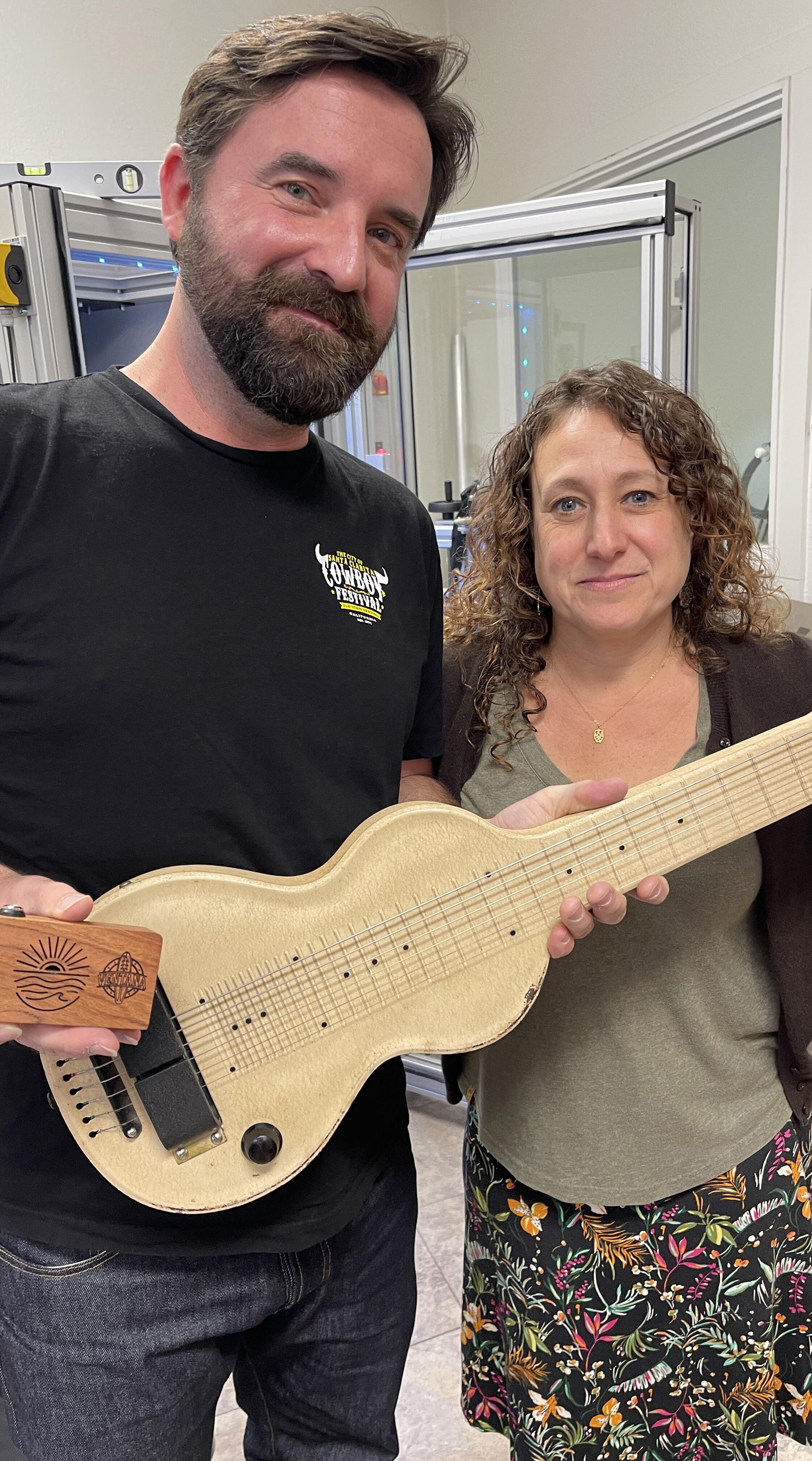

One reason Santa Cruz has been a hotbed for luthiers for decades is that it has an enviable climate for creating wooden instruments. Some of the early builders, Richard Hoover of Santa Cruz Guitar Company founded in 1976, and Rick Turner of Rick Turner Guitars founded in 1979, stayed in the area in part due to our climate. Every local luthier echoed the sentiment. Wood is very sensitive to changes in moisture and heat, and too much or too little of either can cause problems such as cracking, warping, or swelling. Santa Cruz, however, has a moderate and stable climate, with a relatively constant humidity range of 74% to 79%. This means the wood can be stored and worked on year-round without needing special equipment or treatment.
In the family tree of the Santa Cruz luthier community, Hoover and
Turner stand out. Both have been infuential, having employed and mentored hundreds of instrument makers — several of whom have gone on to establish their own brands and businesses in the county.
Not unlike Santa Cruz-based surfboard shops, the luthier community remains small and tight-knit, and although each builder has secret methods and skills, the level of knowledge-sharing and cross-pollination is striking. Almost all the local instrument makers know each other or have worked together, creating a culture of mutual respect and learning. For instance, Stephen Strahm, who builds stunning acoustic guitars, has worked with both Turner and Hoover. Jeff Traugott got his start as an apprentice with violin maker David Morse. Scott Walker, who makes innovative electric guitars, worked with Hoover carving more than 1,000 guitar necks. Addam Starck, now the president of Rick Turner Guitars and one of the world’s top guitar fnish-

ers, has worked with most of the local luthiers as well as many across the world.
In every interview, each luthier spoke fondly of their mentors and fellow builders, and often credited their learning and skills to others in the local community.
The luthiers in the area make a wide range of instruments, often pioneering and patenting innovative designs. Despite Turner’s passing in 2022, his legacy endures as his employees have continued to create instruments under his brand. Turner himself invented the Model 1 guitar that set the standard for electric guitars with an acoustic sound. He is credited with several breakthroughs such as incorporating curved plates, onboard active electronics, and carbon-fber neck reinforcements.
Walker, who builds in a nondescript Soquel workshop, creates his own

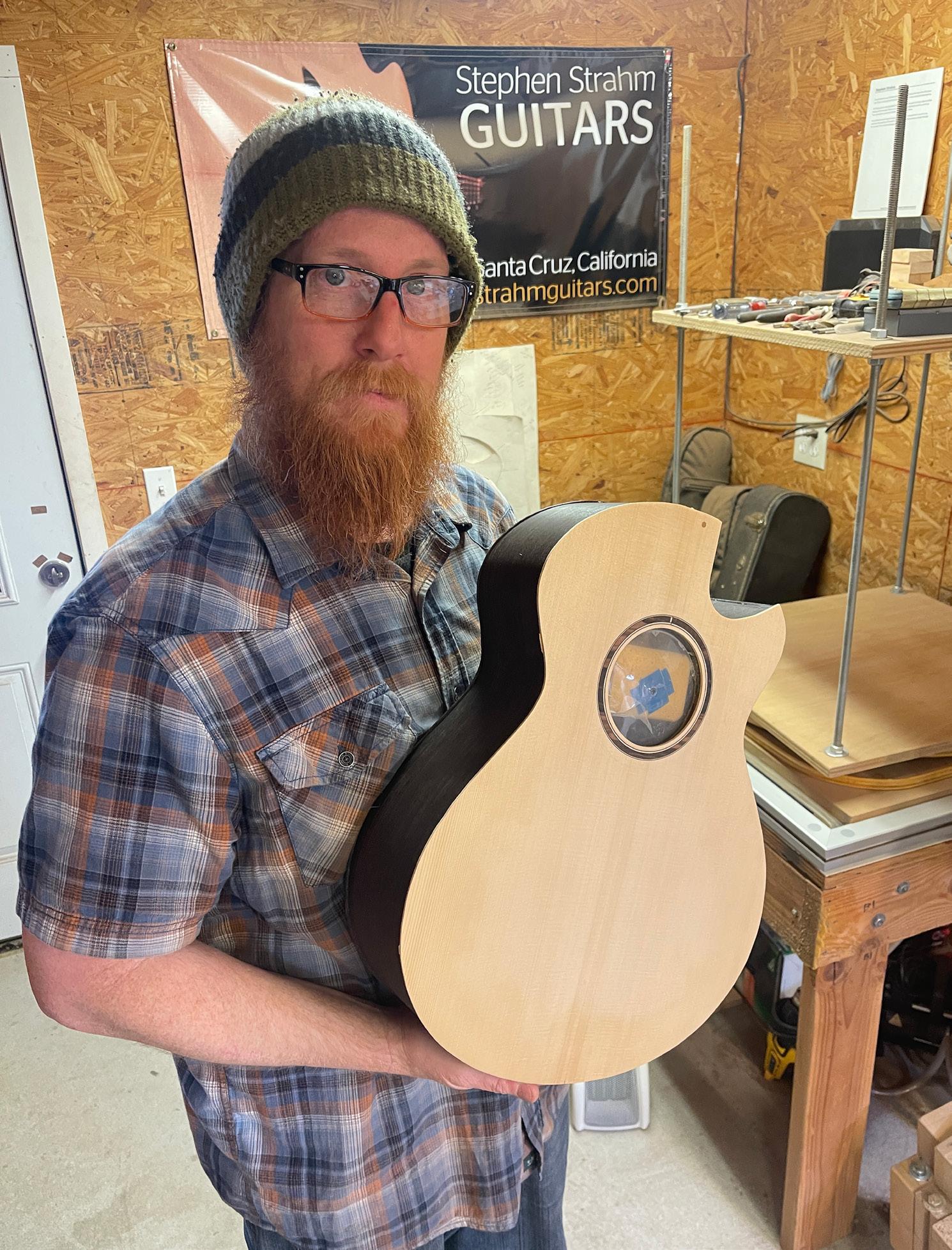
I USE MY HANDS AND MY EARS — EXPERIENCE AND INTUITION. I LISTEN TO THE WOOD, AND SOMETIMES IT TELLS ME WHAT TO DO. I SHAPE IT WITH MY OWN VISION.
–STEVEN STRAHM
electronics and handcrafts every element of his uniquely shaped guitars with the help of an intern. Walker’s work is in such demand that he has a fve-year waiting list. (Waiting lists are not uncommon among this Santa Cruz crowd. At one point, Traugott, an acoustic guitar maker on the Westside whose instruments now start at around $25,000, had an 11year waiting list.)
Strahm grew up in a musical family and was fascinated by the sounds of Jimi Hendrix and Robin Trower, and has developed his own style as well. “I don’t use technology to make my instruments sound a certain way,”
he explained. “I use my hands and my ears — experience and intuition. I listen to the wood, and sometimes it tells me what to do. I shape it with my own vision.”
Although local species like salvaged or reclaimed redwood and bay laurel are used for instruments built here, most luthiers are using sustainably sourced exotic woods known for their tonal or structural excellence.
Morse, a local maker of concert violins, has even traveled to the forests of northern Italy to cut the wood he uses. Morse is known for creating instruments using a species of maple from the same forests used by Antonio Stradivari in the early 1700s. Morse credits plate tectonics for the uniqueness of the wood.
“When Africa started shoving the boot of Italy up into Europe, it caused wrinkles that go east and west,” Morse said. “It’s a unique geographical confguration of valleys that don’t get much sun. The spaces between the tree rings are very tight and very homogeneous and that makes for outstanding violin wood.”
Tony Graziano, a semi-retired ukulele maker, who started his career in 1969 making dulcimers while still in college in San Diego, used premium quality koa wood, the traditional Hawaiian wood known for its bright tone. Today his ukuleles are primarily built from mahogany due to its accessibility and tonal quality.
Traugott speaks with reverence for Brazilian rosewood cut in the late 1800s or early 1990s that he uses for most of his guitars. “This kind of Brazilian wood has been traditionally challenging to fnd. I stumbled onto a bunch of it and because I had such a big back order [of guitars], I had enough deposit money to buy it when it came up,” he said. “Back then it was selling for a reasonable price. Now that wood could sell for thousands of dollars just for the raw material for one guitar.”
Richard Hoover has an unrivaled passion for wood and a deep understanding of how its harvest can impact entire cultures. “For me, guitar making is more than a craft. It is a way of expressing my values and my vision for the world. I learned this from a mentor, who showed me the dark side of the wood industry — how it exploits and destroys the lives of indigenous people, some of whom have lived in harmony with nature for thousands of years,” Hoover lamented.
“I vowed to only use responsible and ethical wood sources for my guitars. I refused to be part of the problem. If I couldn’t fnd such sources, I would rather quit guitar-making altogether. That’s how passionate I am about this issue.”
Hoover has taken his approach to wood to the next level, working with researchers at Stanford University to create an evaluation system to measure the acoustic properties of wood to help future generations create better instruments. Santa Cruz Guitar
goes above and beyond to keep their offcuts out of the landfll by donating them to Ventana Surfboards & Supplies. Ventana, a company I co-founded with master artisan Martijn Stiphout, uses pieces leftover from Santa Cruz Guitar production to create wooden surfboards. We were so inspired by the local luthier culture and Hoover’s example that we created a product called the Ventana Wave Pocket Amp, a small amplifer for musicians on the go made from reclaimed Brazilian cherry.
Despite the achievements and the recognition of Santa Cruz luthiers, they also face some challenges and threats. Many of the luthiers in the area are aging, and some do not have clear successors or plans for the future of their businesses. While many innovations and processes are well-documented, some of the skills and the secrets of the craft may be lost or forgotten.

There is also a lack of gender and racial diversity. Tara Mini, a 19-yearold luthier at Santa Cruz Guitar and a talented guitarist in her own right, is one of the few women working in the industry. Mini graduated from Galloup School of Guitar Building and Repair in Michigan.
“In my term, I was the only (woman),” she said, “But in the school, it ranged from one to four at a time during my 10 months there — and we had class sizes of around 23 to 25 people.” Still, Mini is optimistic. “I think we will see more diversity in lutherie as people discover it’s what they are passionate about.”
Another industry challenge is competitive pressure from companies selling foreign-made, mass-produced instruments. Even so, unlike other industries that have been gutted by overseas manufacturing, luthiers in our area often struggle to keep up with demand. There’s a resurgence of interest in artisan-made products, and local instrument makers are still

commanding anywhere from $10,000 to over $100,000 for each of their creations.
The Stringed Gems of Santa Cruz is home to some of the fnest luthiers in the world who have honed their craft over decades of dedication, innovation, and passion. They create instruments that are beautiful to look at and have a distinctive sound and feel that refects the personality and vision of their makers. So, the next time you hear a guitar riff on the beach, a jam on the radio, or the sweet sound of a symphony violin, it just might have been crafted by one of the talented luthiers who call Santa Cruz home.
I THINK WE WILL SEE MORE DIVERSITY IN LUTHERIE AS PEOPLE DISCOVER IT’S WHAT THEY ARE PASSIONATE ABOUT.”
- TARA MINI
Dennis co-founded Ventana Surfboards & Supplies, leading sales, marketing and business development. He’s also a product manager at Microsoft on the Outlook.com team. Raised in Northern California, he lives with his wife on the lower Westside of Santa Cruz. Late in life, he and his children discovered surfng, which became a shared passion. Dennis enjoys photography, travel, and family time, all while staying connected to the ocean.
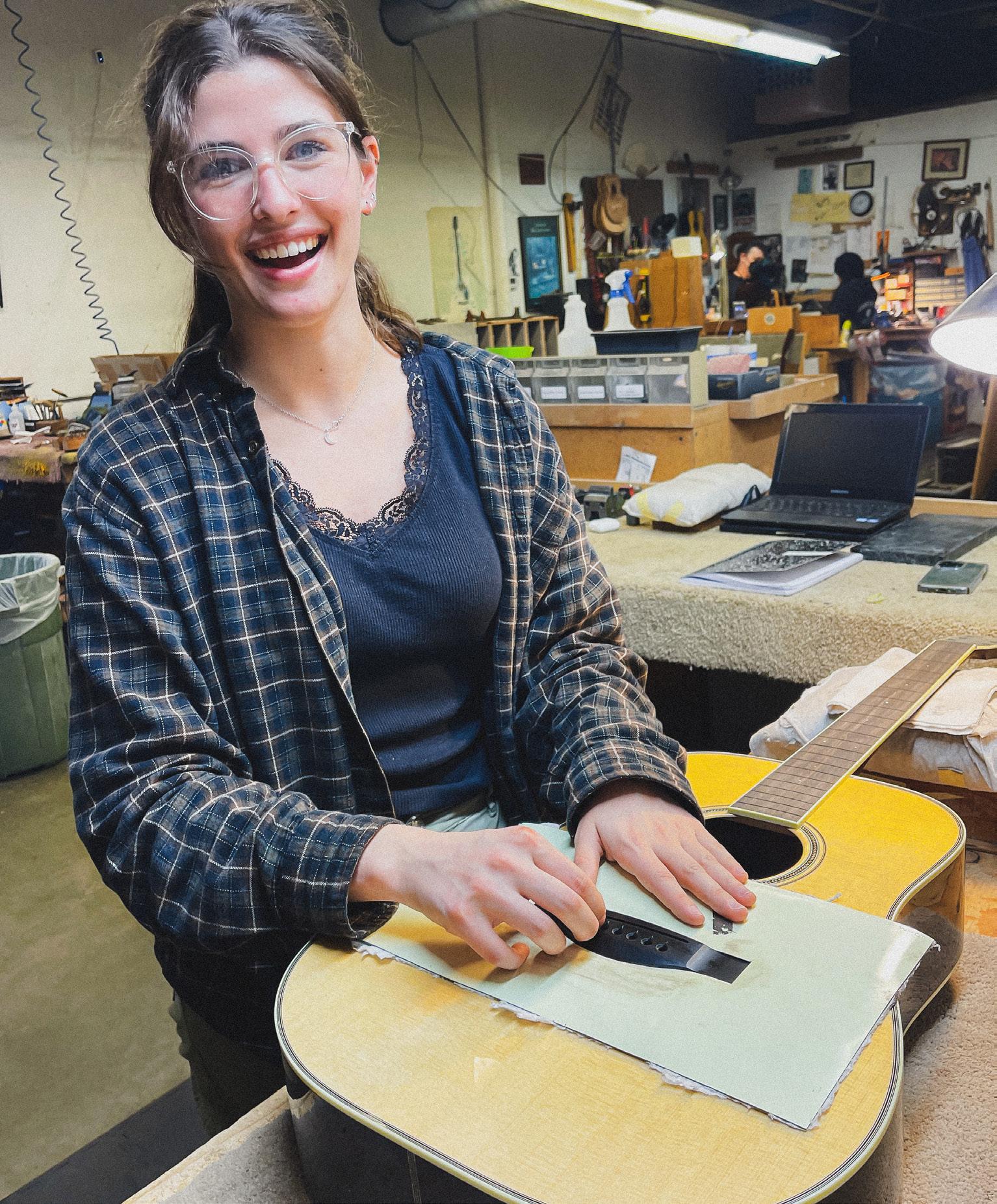













LOCATED IN THE SOUTH OF THAILAND, KHAO SOK NATIONAL PARK EXPANDS OVER 700-SQUARE KILOMETERS AND IS CONSIDERED TO BE ONE OF THE OLDEST RAINFORESTS IN THE WORLD. A DAMMING PROJECT IN 1982 CREATED CHEOW LAN LAKE (PICTURED) SHOWCASING GREAT PEAKS OF LIMESTONE JUTTING UP FROM THE SURFACE.
I have traveled to Thailand regularly since my dad moved there in 2002. During my frst trips, I followed him down to the Phi Phi Islands off Phuket to visit the postcard-esque beaches and snorkel the clear blue waters of the Andaman Sea. In 2000, the movie “The Beach” starring Leonardo DiCaprio, featured the now well-known destination Maya Bay. Although Maya Bay was far more touristy than the deserted beach I saw in the movie, I was in awe of the limestone cliffs dramatically rising from the sea, the numerous caves, the dense rainforests scattered about, and the tropical weather. Thailand is beautiful.
I traveled to Thailand more frequently and even transitioned into living there part-time. In 2020, COVID-19 closed Thailand’s borders, but in 2021, I returned and spent fve months traveling throughout the country while the world remained closed. One of the highlights was a month-long road trip from Bangkok to Phuket. I would spend many evenings searching online through Google Maps, trying to ‘pin’ and explore as many locations as possible while slowly zigzagging south toward Phuket. With strict restrictions for anyone considering visiting Thailand (a two-week quarantine for tourists from ap-
proved countries), it was the least crowded I’ve ever seen the country … the solitude created the platform for a once-in-a-lifetime journey.
In addition to photographing so many new places on the road trip, my tastebuds went on a culinary adventure as I drove south through the country.
Thai food has been a favorite option by many Westerners for years, myself included, and I anticipated the chance to try many new dishes in these remote towns where I would end up. The abundance of food in Thailand is staggering, with world-class dishes often being brought to life in the ‘kitchens’ of street vendors with the whole family’s help. The energy around a street market is electrifying, the prices are unfathomably low, and the ingredients are as fresh as you would hope for.
Treasured memories of my father, who is no longer with us after his passing in 2019, remain everywhere I go in this beautiful country, and I will always reserve a special place in my heart for Thailand.




About an hour south of Chiang Mai in northern Thailand, Doi Inthanon National Park is home to Mae Ya Waterfall. Capturing the scene with a six-second exposure provides an idyllic visual of the multi-tiered waterfall cascading over the hillside.













In an era increasingly conscious of environmental sustainability, Cruz Foam stands out as an innovative company transforming waste into wonder. Founded in Santa Cruz, California, this forward-thinking enterprise is turning shrimp shells into biodegradable packaging material, offering a promising alternative to traditional, environmentally harmful options.
Cruz Foam was founded by John Felts and University of California, Santa Cruz Professor Marco Rolandi, who frst met at the university. Felts, a surfer, studied Electrical and Computer Engineering and was troubled by the environmental impact of conventional foam in surfboards. They collaborated and realized they wanted to work together and focus on this material that Felts was working with at the time called chitin.
The idea was to mimic nature, particularly how crustaceans create hard shells. They focused on chitin, a biopolymer found in shrimp shells, mushrooms, plants, insect cells, and largely all crustaceans like lobster and crab, as a lightweight and strong base material for creating sustainable foam, using existing manufacturing equipment.
The Cruz Foam company’s mission, with its current 25 employees, is to combat plastic pollution by providing a green alternative that performs like plastic but without its lasting environmental footprint. Cruz Foam creates packaging materials that are biodegradable and compostable, designed to replace polystyrene (commonly known as Styrofoam). Remarkably, their products degrade in weeks, not 500 to 700 years in a landfll.




“ORIGINALLY, I CAME TO SANTA CRUZ TO SURF AND SHAPE SURFBOARDS FROM A BIODEGRADABLE PRODUCT. I SOON REALIZED THAT WE WERE ONTO SOMETHING SO MUCH GREATER.”
- JOHN FELTS, CEO OF CRUZ FOAM
“Originally, I came to Santa Cruz to surf and shape surfboards from a biodegradable product. I soon realized that we were onto something so much greater,” says Felts, the company’s CEO.
“Our foam will impact not just surfboards, but packaging, automotive, construction, and food packaging, to name a few,” says Felts. “Any company that uses traditional foam will want to use our product because it is cost-effective and will ‘greenify’ current foam-making machinery. … It fts into so many global platforms; it’s simply a no-brainer.”
Felts continues: “Cruz Foam is 100% recyclable; should you bury our foam in the dirt, it simply dissolves and is used as fertilizer that can help germinate early growth in plants. Regular foam that is currently thrown away gets shipped to China and is burned,
hence the polluted microplastics circling in the atmosphere are now found in humans.”
Cruz Foam has garnered industry attention and partnerships with major brands such as Whirlpool and has received accolades for its innovative approach and contribution to sustainability. Actors Leonardo DiCaprio and Ashton Kutcher have joined as investors and advisors to the circular materials company.
Toby Corey, a board member and former president of Tesla, says Cruz Foam will change the world.
“Companies that want to change the world to make it a better place for generations to come have to create amazing products that are easy and compelling for existing companies to adopt,” Corey says. “Cruz Foam literally stumbled across one of the
“ALL FOAM FROM REGULAR PROVIDERS FILLS OUR LANDFILLS AND OCEANS, WHICH IN TURN FILLS OUR LUNGS AND BLOODSTREAM; THE ENTIRE WORLD IS SUFFERING. TODAY AND INTO THE FUTURE, CRUZ FOAM IS FOCUSED ON MAKING VAST CHANGES FOR PLANET EARTH.”
-TOBY COREY, CRUZ FOAM BOARD MEMBER AND FORMER TESLA PRESIDENT
biggest breakthroughs in material science the world has ever seen.”
Corey further explains, “All foam from regular providers flls our landflls and oceans, which in turn flls our lungs and bloodstream; the entire world is suffering. Today and into the future, Cruz Foam is focused on making vast changes for Planet Earth.
Only 7% of all plastics in the world are recycled, creating huge potential for this foam. As industries worldwide seek sustainable alternatives, the demand for biodegradable packaging is expected to grow exponentially. Ongoing research and development within the company will likely lead to new forms of biodegradable materials, further expanding the range and applicability of Cruz Foam products.
The quality of the insulation is another advantage of Cruz Foam. Currently, local Santa Cruz companies Verve Coffee and Real Good Fish are using their product to ship because of the better insulation properties that Cruz Foam has over traditional Styrofoam. According to Corey, following suit will be huge worldwide companies that are ready to part ways with using traditional foam.
By replacing traditional plastics with biodegradable options, Cruz Foam

could signifcantly reduce pollution and the carbon footprint associated with packaging. As a pioneer in sustainable materials, Cruz Foam has the potential to lead and educate industries on the benefts and practicalities of switching to a greener product at the same or lower cost that doesn’t lower a company’s proft margins.
As with any innovation, scaling production to meet global demands while maintaining quality and sustainability standards and cost-effectiveness is a challenge. Biodegradable options have been more costly than conventional materials, requiring market acceptance and potential subsidies or governmental incentives. This is all changing with Santa Cruz’s own Cruz Foam.
Cruz Foam is not just creating a product—it’s a plan to make the world a better place for generations to come, spearheading a movement toward sustainable packaging. With its innovative use of shrimp shells, it showcases how environmental challenges can lead to eco-friendly solutions.
As Cruz Foam continues to grow and evolve, its journey will likely inspire and catalyze further innovation in the realm of sustainable materials. The future looks promising for this pioneering company, and its impact could resonate far beyond the packaging industry, contributing signifcantly to global environmental efforts.

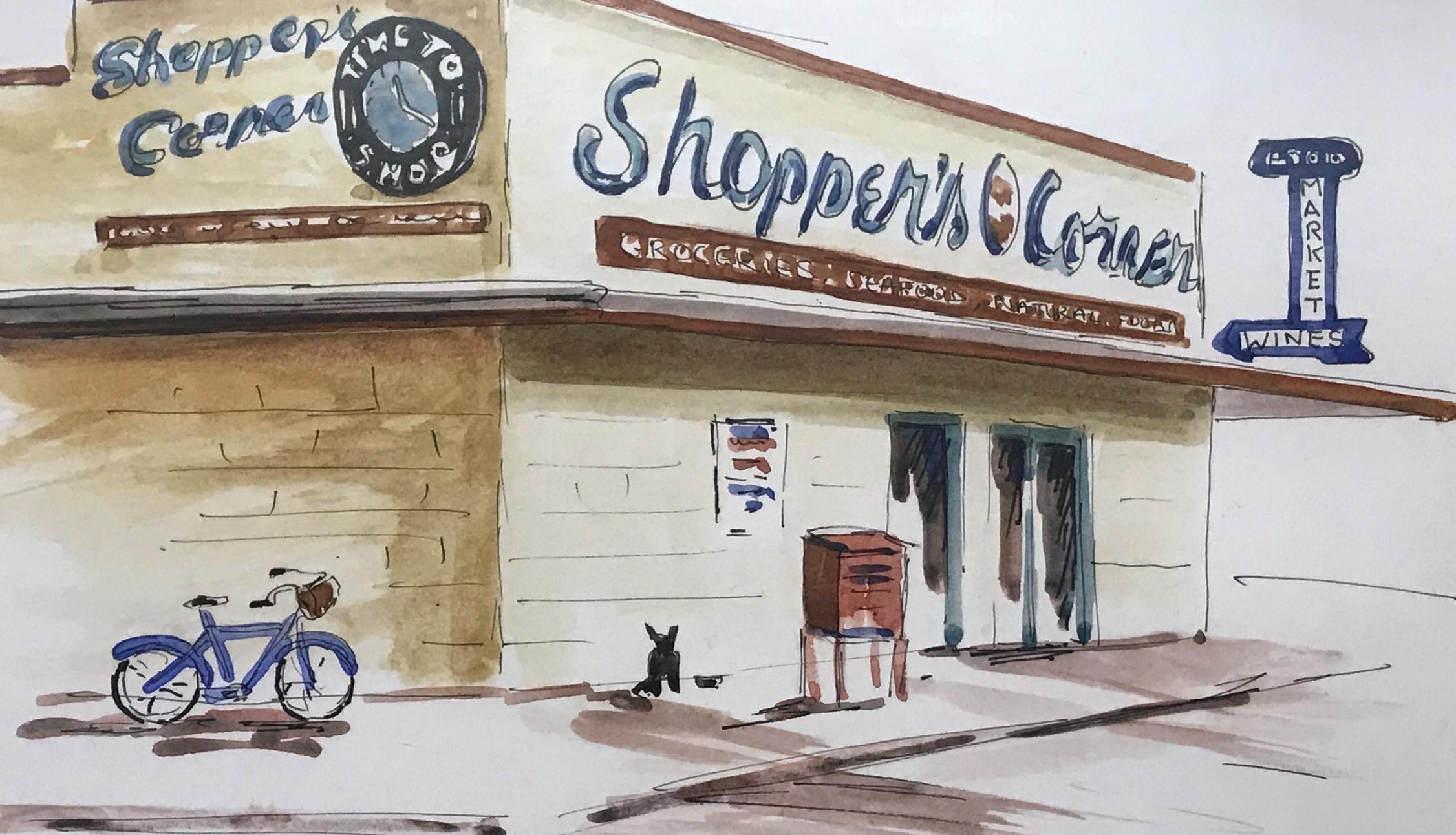


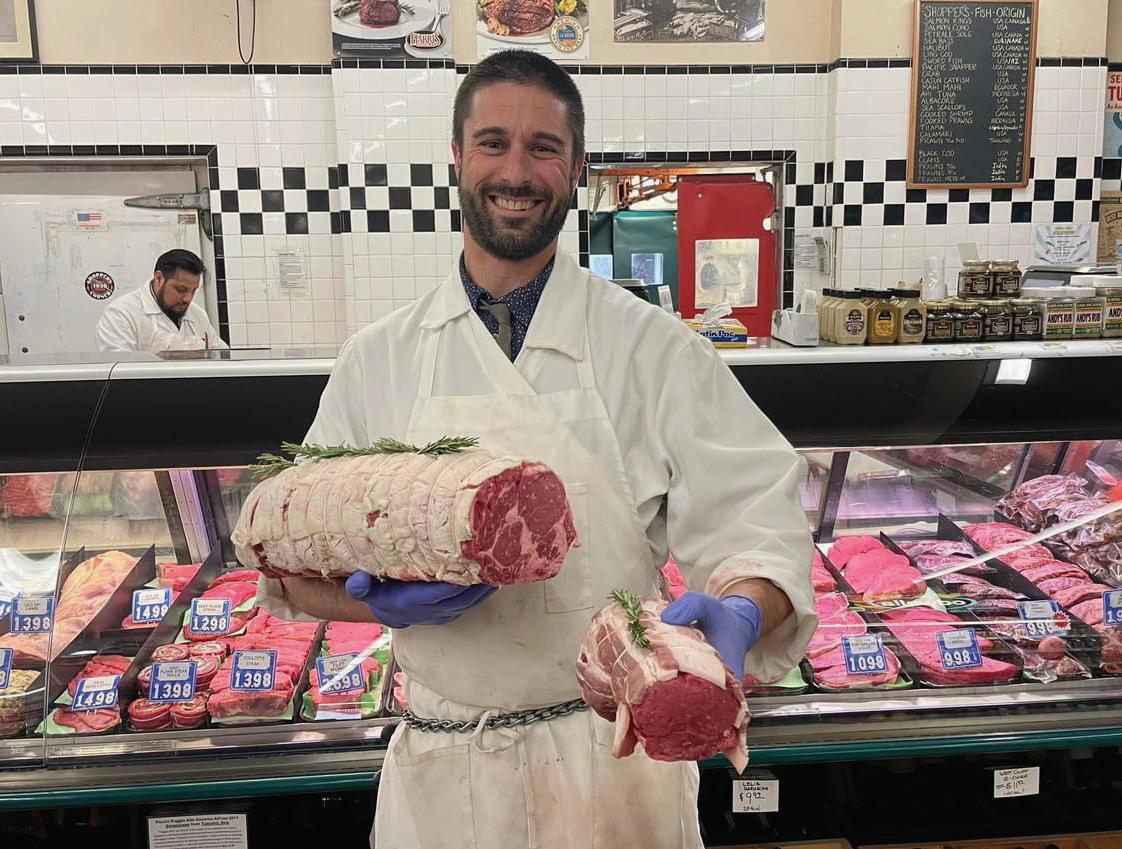






























Waves of change have arrived! Santa Cruz METRO has embarked on a transformative journey, reshaping its bus routes and frequencies to enhance public transportation in the community. This initiative, aimed at increasing service, improving transit reliability and accommodating post-COVID travel patterns, began in December 2023.
The initial changes, which included expanded service, increased frequency in high-demand areas and more direct routes in Watsonville, were well-received and addressed community feedback.
Key improvements introduced in December 2023 included free fares countywide for the frst two weeks, facilitating riders’ transition to the new network. Additionally, free transfers were offered for two hours on all routes, including Highway 17.
Specifc enhancements included increased frequency between Watsonville and Santa Cruz, a new route serving the county’s health and Human Services facility in Watsonville, and continued 15-minute service on Routes 18 and 19. An express route between Watsonville and Santa Cruz during peak commute times and a new route connecting the University of California, Santa Cruz campus to Live Oak and Capitola Mall were also notable additions.
Looking ahead, the METRO Board of Directors will consider additional changes slated to begin in June 2024. These include increased frequency on three cross-county corridors, a new route connecting Watsonville to Cabrillo College, and all-day service on a Watsonville-to-Santa Cruz express route.
With the WAVE SERVICE initiative, METRO aims to double ridership to over 7 million rides per year, leading to signifcant reductions in vehicle miles traveled and CO2 emissions, contributing to a healthier community.
“METRO AIMS TO DOUBLE RIDERSHIP TO OVER 7 MILLION RIDES PER YEAR.”


For most of us taking the bus is a handy and hassle-free way to get around. Yet, for some Santa Cruz residents, it’s more than just convenient—it’s a lifeline.
“I can’t drive and am not able to learn, let alone afford a car, and without METRO, I’d be stuck at home,” says yves., a fction author whose name is pronounced “eevz-dot” and written lowercase with a period.
“It’s a pretty serious diffculty with the attention I have, and that means I could almost certainly never be a responsible driver.”
Additionally, the author says they don’t have the funds to buy, maintain and deal with parking.
“My coworkers have to choose between paying exorbitant prices for parking or leaving work every few hours to move their cars between free parking zones. Having a car doesn’t seem worth the headache.”
The local author recently visited Bookshop Santa Cruz, captivating audiences with readings from the ffth anniversary edition of their indie-published short story collection, “Something’s Not Right.”
While METRO serves as yves.’s logistical lifeline in navigating the town, it’s more than just a mode of transportation—it’s a sanctuary, a respite from the chaos of everyday life.
“It’s a calming ritual to get on the bus, listen to a favorite album and spend a few hours alone among the books at Grey Bears,” they refect, fnding solace amidst the hustle and bustle of urban existence.
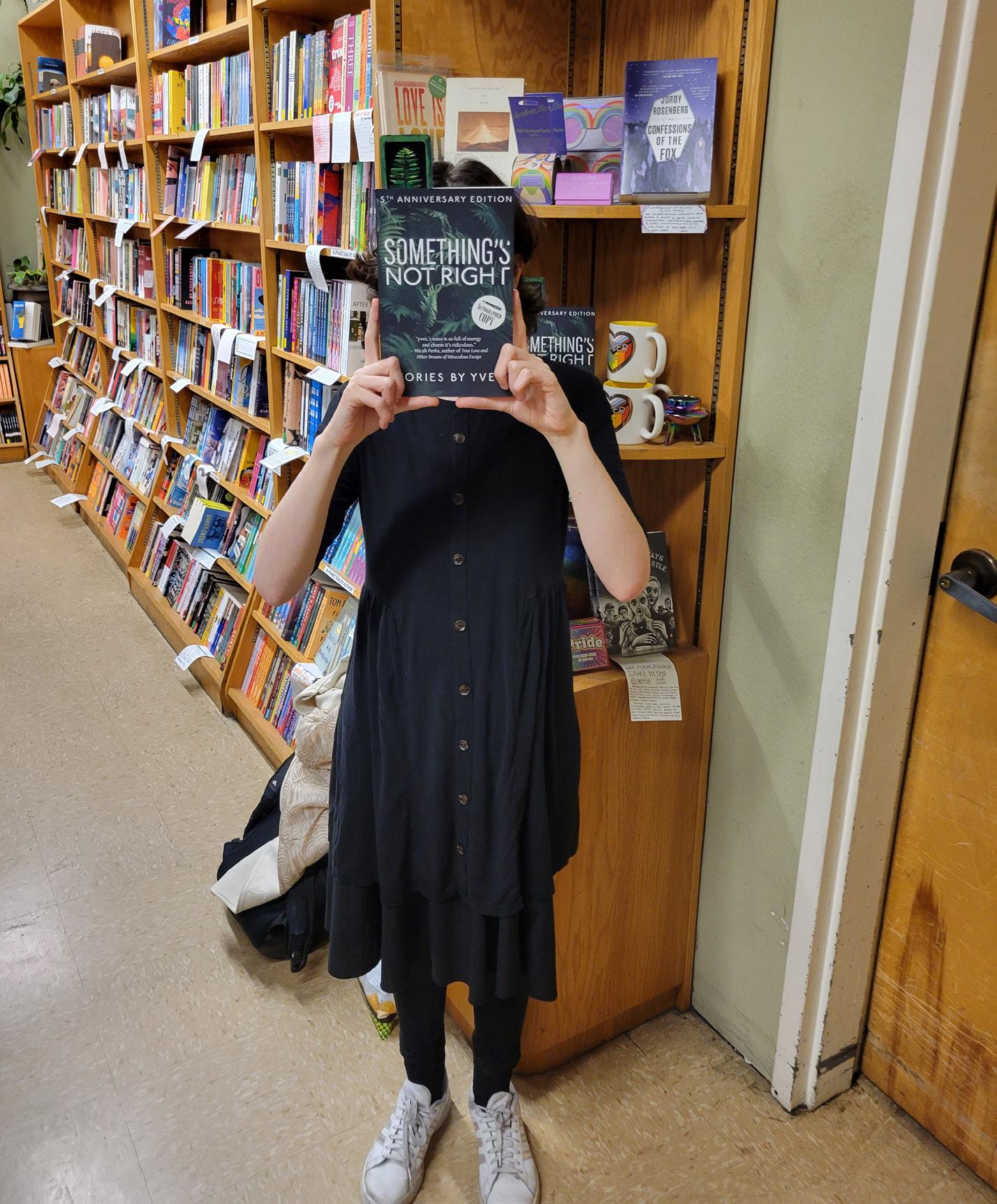



TRANSIT SIGNAL PRIORITY technology, initially designed to enhance the movement of emergency vehicles through traffc signals, is now being adapted to improve the operational effciency of mass transit systems. Santa Cruz METRO is planning to adopt the tech in the very near future.
This technology allows buses to communicate with traffc signals along
their designated routes. As a bus approaches a traffc signal, the transit signal priority system comes into play, sending signals to the traffc lights, which dynamically adjust their timing to favor the approaching bus.
This real-time coordination minimizes delays, ensuring smoother navigation through intersections and aligns with METRO’s commitment to a faster, more frequent and reliable transit experience. The recent introduction of WAVE SERVICE by METRO, featur-
ing 15-minute all-day service with straighter routes and transit signal priority at intersections, underscores the commitment to creating a more livable and accessible transit system. This innovative integration aligns with METRO’s broader vision to transform transportation in Santa Cruz County, offering benefts such as increased service, reliability and convenience, contributing to a more sustainable and transformative community transportation experience.

“THIS TECHNOLOGY ALLOWS BUSES TO COMMUNICATE WITH TRAFFIC SIGNALS ALONG THEIR DESIGNATED ROUTES.”

Jodi Frediani, an acclaimed photographer and whale researcher, collaborates with renowned wildlife photographer Frans Lanting for METRO’s “One Ride at a Time” campaign. Frediani’s image of a female orca adorns one of the buses, refecting her commitment to showcasing the beauty of the Monterey Bay ecosystem.
“I feel the concept is extraordinary,” says Frediani, who sees clear benefts the campaign can foster. “The images and messaging on the buses can educate the community about the wonder of this ecosystem we live in.”
By the close of 2024, approximately 30 buses across Santa Cruz County will serve as moving canvases, displaying not only Frediani’s captivating images, but entries from other well-known photographers featuring whales, sea otters, mountain lions, redwoods and more. Each image serves as a testament to the biodiversity of the region.
CAN
THE
Frediani’s expertise lies in marine species photography, cultivated through her extensive travels to diverse locations such as Africa, Antarctica and the Caribbean. Her immersive encounters with whales not only inform her photographic work but also contribute to ongoing research efforts.
In addition to her documentation of wildlife, Frediani actively participates in humpback whale research con-


ducted in various regions, including Alaska, Monterey Bay and the Dominican Republic. Frediani’s contributions extend beyond photography; she also provides assistance to organizations like California Whale Rescue, documenting instances of whale entanglement and ship strikes. Her work plays a crucial role in bolstering initiatives aimed at protecting marine life and preserving natural habitats.
Frediani’s photographic talent has earned acclaim in various national and international competitions and exhibitions. Noteworthy accolades include the Nature Photographer of the Year award, the Wildlife Photographer of the Year award, and features in prestigious publications like National Geographic and the BBC.




When you ride, the bus donations are made to metro’s nonproft partners through One Ride at a Time. Your actions help save wildlife and protect critical habitat in the Monterey Bay region.
Donations to Monterey Bay National Marine Sanctuary Foundation will support efforts to rescue whales entangled in fshing gear and other marine debris. The Foundation helps train rescuers, provides equipment and access to rescue vessels, as well as supports entanglement prevention efforts like developing fshing gear innovations and marine debris cleanups.
The Whale Rescue Program is one of many ways the foundation realizes its vision of a healthy Monterey Bay National Marine Sanctuary recognized as a national treasure for its unique and abundant biodiversity, and widespread community support. To learn more, visit https: montereybayfoundation.org/our-work

“METRO IS GRATEFUL TO HAVE PARTNERS SUCH AS
FRANS LANTING, JODI FREDIANI AND THE MONTEREY BAY NATIONAL MARINE SANCTUARY AS A PART OF OUR
ONE RIDE AT A
TIME
CAMPAIGN LINKING THE ADVANTAGES OF PUBLIC TRANSIT TO LOCAL CONSERVATION INITIATIVES IS CRUCIAL TO METRO’S GOAL OF SAFEGUARDING THE ENVIRONMENT.”
DANIELLE GLAGOLA, DIRECTOR OF MARKETING AND COMMUNICATIONS









Meet Tyler Smith, Mark Taylor, and Russell Smith
– the visionary trio behind 3Bros Santa Cruz, a cannabis brand and retail operation that’s not just about business; it’s about passion, perseverance, and a profound connection to their roots.
Born and raised on the vibrant Westside of Santa Cruz, Smoith, Taylor and Smith grew up immersed in the laid-back beach culture that defnes our iconic coastal town. From an early age, they forged deep bonds over their shared love of surfng, spending endless days riding the waves and soaking in the salty sea breeze. Their passion for surfng wasn’t just a pastime – it was a way of life. As they honed their skills on the waves of Santa Cruz, Smoith, Taylor and Smith developed a profound appreciation for nature’s beauty and a keen sense of adventure. Their love for surfng took them to some of the world’s most renowned breaks, where they carved out their own paths amidst the swirling currents and crashing waves. As their surf careers blossomed, Smoith, Taylor and Smith found themselves drawn to another venture
THE STORY OF 3BROS SANTA CRUZ IN THE SUN-KISSED ENCLAVE OF SANTA CRUZ, WHERE THE PACIFIC OCEAN MEETS THE RUGGED COASTLINE, THREE FRIENDS EMBARKED ON A JOURNEY THAT WOULD REDEFINE THEIR LIVES AND RESHAPE THEIR COMMUNITY.
– cannabis cultivation. Inspired by the lush landscapes of Santa Cruz County and fueled by their entrepreneurial spirit, the trio embarked on a journey to cultivate premium cannabis that mirrored the quality and craftsmanship of their beloved hometown. With dedication and determination, Smoith, Taylor and Smith transformed their passion for cannabis into a thriving business. They meticulously nurtured their crops, to produce top-tier strains that captured the essence of Santa Cruz. From small-scale grows to retail operations, their commitment to quality never wavered.
Driven by their shared vision and unwavering camaraderie, Smoith, Taylor and Smith decided to take their passion for cannabis to the next level. In 2019, along with friends and family, they founded 3Bros Santa Cruz, a cannabis brand and retail operation that refects their values, their heritage and their deep connection to the community.
Today, 3Bros Santa Cruz stands as a testament to the enduring spirit of its founders. With a diverse range of products, a commitment to quality
and a dedication to customer satisfaction, the brand continues to thrive and push forward in the ever-evolving cannabis industry.
As Smoith, Taylor and Smith refect on their journey from wave riders to trailblazers, they remain steadfast in their commitment to pushing boundaries, fostering community and sharing their love for cannabis with the world. With each passing day, they continue to write the next chapter of their story, guided by the waves of possibility and fueled by the boundless spirit of Santa Cruz








Sol and Erica Lipman were drawn to the city’s unique charm—a place where creativity fourishes and tradition intertwines with innovation. It’s this very essence that guided them to the heart of Santa Cruz where Pleasure Pizza awaited their transformative touch.
“The best example of why Santa Cruz is special is that it’s completely different,” Sol says, refecting on the city’s unparalleled spirit. “The people are different here. There’s a really unique, creative mentality that exists in everything Santa Cruz.”
It’s that creative energy that drove Sol and Erica to purchase Pleasure Pizza on Pacifc Avenue in Santa Cruz last year. While many might shy away from the restaurant business due to its instability, the Lipmans are no strangers to risk.
They come from the tech world where they originally met while working at Yahoo eight years ago. Additionally, Erica has worked for Instacart and Owlcam, the latter of which was bought by Amazon. Sol was one of the minds behind three local startups including 12 Seconds (a prequel to TikTok), DRVR (advocate software for last-mile delivery drivers), and Ya Doggie (an online subscription-based pet food delivery company that operated from 2017 to 2019).
“I think we’re very fortunate to bring the knowledge we’ve gained from tech into this,” Erica says. “We have so many fun and creative ideas we want to bring to this.”
One of those ideas is their “Downtown Slice Delivery.”
By scanning a QR code, they’ll deliver a fresh slice of Pleasure Pizza anywhere downtown.
This service will particularly help downtown employees who don’t want to waste time on their lunch break or for people like bartenders who might not be able to leave at all.
However, not everyone in the Lipmans’ circle was excited about the new venture.
“My mom!” Sol laughs. “She grew up in a restaurant and said, ‘You can’t! Absolutely not.’”
After the initial surprise of transitioning from the tech industry to a restaurant, the Lipmans have received full support from friends and loved ones. They’ve also received immeasurable help from Derek Rupp, the longtime chef and owner of the original Pleasure Pizza on Portola Drive and Pleasure Pizza East Side Eatery on 41st Avenue.
It was from Rupp the Lipmans purchased the downtown location.
“He put us to work,” explains Erica.
For months, Rupp showed the Lipmans the ins and outs of the pizza business.
“That man literally sat here one day and taught me how to mop a foor because I wasn’t doing it right,” Sol remembers. “That passion is really infectious.”
Rupp showed them everything about the secrets to Pleasure Pizza’s unique crust, staffng, supply ordering, and making the perfect slice.
“The idea is to return this place to its glory days,” Erica says.
With that mission in mind, the Lipmans are holding themselves and their staff to the highest standards. If a pizza or even a slice isn’t up to code, they won’t serve it.
They also know the best companion to a good slice is a cold beer. So the Lipmans have tapped into the local scene to carry brews from Santa
Cruz Mountain Brewery, Santa Cruz Cider Company, Sante Adairius Rustic Ales, Discretion Brewery, Alvarado Street Brewery and Dust Bowl Brewing Company.
Along with small changes such as the downtown delivery service and updating the in-store menus to digital screens, the Lipmans have also included the options of vegan cheese and gluten-free crusts for anyone with dietary restrictions. Currently, both options can only be ordered as part of a whole pizza, but will most likely be available for slice options soon.
While the Lipmans have plans to make more innovative changes in the future, for now, they want to focus on returning the downtown corner location as a hub for Santa Cruz locals.
“We really wanted to have a larger part in our community and show our kids what hard work is,” Sol says. “So, every Saturday we run the kitchen as a family.”
Along with their fve children behind the counter, Saturdays are also family day for customers with $3 slices for kids 13 and younger. It’s small steps like these that are not only attracting new customers but also making them regulars.
“I’m here almost every day,” Mikey Salcedo says. “I love the laid-back atmosphere and ‘no worries’ vibe the owners give you. Plus, the food is amazing, to say the least.”
A local artist, Salcedo likes to go in and buy a slice of Pleasure’s Hawaiian pizza, grab a Coke, and sit at one of the tables while he creates drawings in his sketchbook. Keeping with the community vibes, the Lipmans have adorned one of the walls behind the counter with Salcedo’s art.
“They genuinely care,” he says. “It’s nice to have a place where you feel like people actually care about you.”
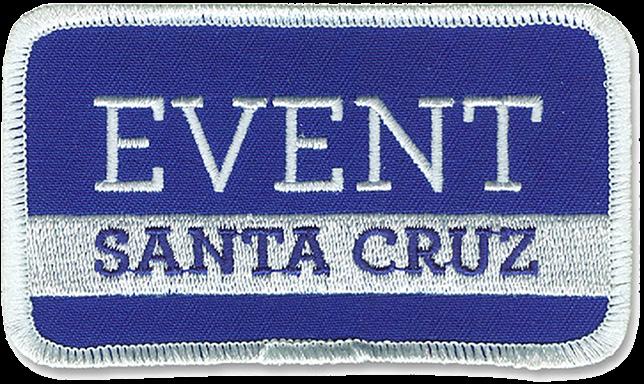

May 3
Cabrillo College
The Summit contains two dozen interactive sessions to help small business owners navigate the marketplace to increase their exposure, grow their business, and boost proftability! Network and learn from business owners and experts in fnance, marketing, business strategy and more!

May 17
Woodhouse Brewing & Blending
Join Lookout and Event Santa Cruz for the 2024 12th Annual NEXTies: An Award Show celebrating the up-andcoming superstars and change makers of Santa Cruz County.

Kicks Off May 31
Midtown Square
Come celebrate all the vibrancy of Midtown at our Summer Block Party, happening every Friday! Food – Artists – Live Music – Vendors


Central Coast residents pay some of the highest prices in the nation for electricity. In fact, PG&E has hiked rates by nearly 30 percent just this year.
Not only has there been a 125 percent increase in PG&E electrical bills since 2014, the grid has also become substantially less reliable with home and business owners facing outages more frequently and for longer durations.
With wildfres and intense winter storms battering energy infrastructure, the situation will only get worse.
Enter solar power and battery backup. It is the only viable alternative to soaring utility prices and grid failure. If you’re thinking it’s expensive, think again. The average price paid per kilowatt hour generated by a rooftop solar and battery system is around $0.22 - $0.25 compared to nearly $0.50 from the utility.
Put simply, if you can afford PG&E you can certainly afford solar and batteries. Why continue renting power at an ever-escalating rate from PG&E when you can generate your own for half the price?


Additionally, many building departments across California are no longer issuing permits for natural gas and the state is also mandating solar be installed on new construction. The writing is on the wall: with skyrocketing rates and an unreliable grid, it’s time to get as much self-generated electricity and battery storage as possible.
Take advantage of generous federal tax incentives while you still can. The federal government will cover 30 percent of the cost of a solar and battery system as well as the necessary electrical improvements.
Future-proofng, today... a cost-effective and self-reliant home energy solution with Allterra Solar puts the power back in your hands!
For more information and to request a free quote for your home or business, contact Allterra Solar at any of the following:
831.425.2608
info@allterrasolar.com
www.allterrasolar.com


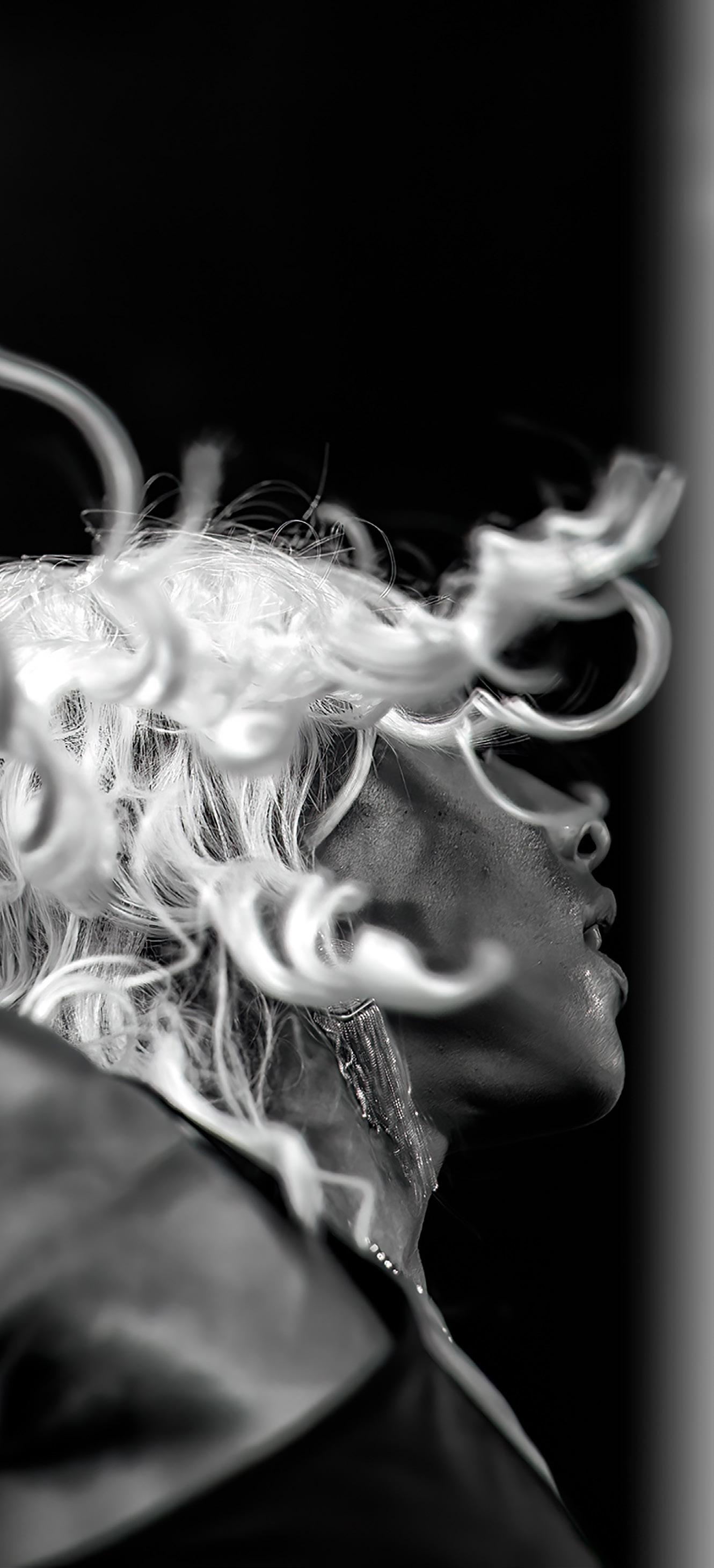
“I’VE MADE IT TO A PLACE WHERE I’VE FOUND MY VOICE, AND I WANT TO HELP OTHER PEOPLE GET HERE SO THEY ALSO FEEL MORE FREEDOM.”
Only one person had a better year in 2023 than Makana Curtiss.
That would be the dynamic on-stage persona that Curtiss created: Mak Nova.
To say that Mak Nova, named Musician of the Year at the 2023 NEXTies Awards, burst on the scene from nowhere is not far from the truth.
Her bio, well-trodden territory over the last 12 months covered beautifully by our local media, is still worth acknowledging because of her unique story in the spotlight.
Curtiss hails from Duncans Mills, California, a small unincorporated community nestled off the coast in Sonoma County with a population less than 200. Early musical infuences had young Curtiss dreaming of the mic and a rap career. The artistic mind, however, has a way of introducing other avenues of expression to those searching. Curtiss gravitated in her teens and early 20s toward the freedom and liberation dance education offered. She credits her time with local burlesque troupe The Do-Rights as an integral building block of the liberty she manifests on stage.
On May 25, 2020, a real-life event transformed Makana Curtiss, impacting her not only personally but also as a performer, when George Floyd, a Black man, was killed by Derek Chauvin. Chauvin, a white police offcer, knelt on Floyd’s neck for nearly 10 minutes outside a convenience store, leading to Floyd’s tragic death.
The murder not only lifted voices across the nation demanding a long-overdue reckoning of inequity in the justice system but also triggered a series of profound refections for Curtiss. These refections forged a deep connection between the sheltered, self-professed theater nerd from Duncans Mills, and her culture and heritage on both local and global levels. Additionally, the event served as a catalyst for the eventual creation of the Mak Nova persona a couple of years later.
by Kevin PainchaudAs Curtiss walks toward my table for the Vibes interview, I look forward to getting to know this person a little bit better and also cannot help but wonder who I will have the pleasure of having the conversation with.

VIBES: Hey there, Mak. Or am I interviewing Makana?
MAK NOVA: Both [laughs]. Makana and Mak Nova can occupy the same space.
VIBES: Has it always been about music?
MAK NOVA: Believe it or not, there wasn’t a whole lot of music in my house because my mom has a rare condition called synesthesia; when one sense is activated, another unrelated sense is activated at the same time, so music was a trigger, and I was into rap music so that wasn’t happening [laughs].
VIBES: Is there theater DNA in Mak Nova?
MAK NOVA: 100%. I did a theater production with my band, The Kings, at the Santa Cruz Art League last year. It wasn’t publicized that well— it was called “We Are Gold.” It was essentially a story that was built around the current music we had. We had a stage designer and sound technician, I recorded some original fles that served as the narrator for the show. And I was the central character in the show, the protagonist that went through a transformation. It was a journey. At the end of the production, I was in a different place than where we started artistically.
VIBES: So we know Mak Nova is a created stage persona. Makana is sitting across from me right now. Does Makana have conversations with Mak?
MAK NOVA: Defnitely.
VIBES: How’s that going?
MAK NOVA: [laughs] I love that question: ‘How does that go down?’ Makana is an introvert and highly private, and likes classic artists.

“IT’S LIKE THERE IS SOMETHING INSIDE ME, THIS INSATIABLE ENERGY THAT IS OBSESSED WITH MUSIC, ART, PERFORMANCE AND IT ISN’T GOING TO STOP.”Photo by Fred Aube


I think Makana understands Mak and tries to stay out of her way when she’s doing her thing. Beyoncé says that when she is on stage as Sasha Fierce she’s not responsible for anything Sasha does [laughs]. That’s also the goal for Mak Nova.
VIBES: How do you describe Mak Nova’s music right now?
MAK NOVA: I’ve been playing around with Afro hip-hop.
VIBES: Interesting. Has that infuence changed in the last year?
MAK NOVA: The last year? How about the last few months? Yeah, that, too. It might have changed the previous two days even [laughs]. I’m having fun. I want to feel good and for people to feel good when I perform. It’s evolving.
VIBES: What is the process of a Mak Nova song?
MAK NOVA: I fnd or create a baseline that turns me on, so to speak, then I fnd or create a drum pattern that kicks it off. And then I just go crazy.
VIBES: Let’s linger on the crazy for a minute.
MAK NOVA: Well, there are some songs many artists talk about that are meant to be like, like it’s downloaded from the universe. Sometimes, I get those downloads. It’s a whole song, and I’m like, this is amazing. Other times, I am chipping away, I’m rewriting. I’m working with my writing partner. I write about 90%, and then he flls in for the rest. His name is MT, and that’s all I’m saying about that [laughs].
VIBES: You usually get it all laid down in one session?
MAK NOVA: I try. I have some OCD tendencies and have pretty
strong feelings about completion. It can be challenging because I also have some ADHD tendencies. So I’m like, this new thing over here is super exciting, right?
VIBES: How about some inspiration? Do you do anything daily to fnd balance?
MAK NOVA: For sure. I write every day. I try to fnd inspiration. I’m more and more connected to indigenous ways of knowing. That daily writing leads me to places. Elements of that are even in my most recent single, “Walkabout,” which is about indigenous initiation ceremonies. And, like, that’s a whole rabbit hole. But, like, I’ve had some powerful initiations in my life. And it’s just … I don’t know how to tie that all together.
VIBES: Is it possible that Mak Nova is a manifestation to be a voice for a reckoning of who Makana Curtiss is?
MAK NOVA: Defnitely. I always felt that something about the world and the way I was treated in the world wasn’t right. Even as a young girl, even in a small town, you get the trickle of what’s happening outside the broader society. But I think the craziest thing was spending so long not knowing how to articulate it or understand what was happening.
VIBES: Are you angered about the realities of the world we live in? Or are you a little angry also about being sheltered from it for so long?
MAK NOVA: Interesting question. Yeah, I guess I’m a little angry. I was repressed for a long time. I didn’t understand why negative things (like racist, sexist, prejudice) were happening to me in school, and couldn’t fully articulate it. I was a young Black child in a white town. I didn’t understand why things were happening to me, like in school, and couldn’t fully articulate it. My mom’s white, so from a cultural standpoint, I kinda had to fgure a lot of it out on my own. Long story short, it was a


to get to where I am, where I feel empowered and inspired. I know what it’s like when you can’t use your voice. I’ve made it to a place where I’ve found my voice, and I want to help other people get here so they also feel more freedom. So yes, I’m angry, but I recognize that I’ve had a beautiful journey. I’m enjoying it, feeling grateful for the path that I’m on and appreciating the way it all happens. I’m just trying to trust it.
VIBES: Did you have a tipping point where you felt empowered?
MAK NOVA: I did. I was in a intensive ritual theatre training program. I was in the troupe for three years. The frst two years were highly intense. There were daily practices that took a minimum of one hour. There’s abstaining from substances; it was like, hardcore, it was super hardcore. I went through an initiation, and I came out on the other side of it a different person. It makes me think again of my single “Walkabout.” It was a powerful experience. So, I broke down many barriers and walls within myself through that training. I just found greater freedom for myself and greater freedom of self-expression.
VIBES: Your name ‘Makana’ is Hawaiian. I looked it up, and it means “gift of love.”
MAK NOVA: Yeah, for sure. I love my name. But lately, Mak has been resonating more—it feels like big energy.
VIBES: You were named Musician of the Year last year at the NEXTies. Tell me about that night.
MAK NOVA: My feelings have evolved about that award [laughs]. I think I was in my head a lot that night. And it felt disjointed in real-time. I just couldn’t connect to my actual self at the moment. It was like I was getting this accolade and wondering why it mattered, but I was sitting there thinking, ‘I’m going to do this music thing whether anyone recognizes me or not.’ Right? So, like I said, I was just deep in my head and overwhelmed a little. Months later, and to this very day, I’m trying to book festivals and book things locally and nationally. I’m like, ‘Oh, I have this amazing honor and great press. I was like, gosh, dang.’ Thank you, Matthew Swinnerton, Event Santa Cruz and Lookout [laughs]. That was an amazing opportunity and continues to open doors for me.
VIBES: What’s now and next for Mak Nova?
MAK NOVA: Yeah. So, Mak Nova 2024 is all about business. I am fully stepping into my businesswoman shoes and assembling all the resources I can, studying, writing and performing as much as possible. Locally and nationally, I’m just pushing for those bookings.
VIBES: What is the most signifcant evolution between your frst single, “Don’t Rush It,” and “Walkabout,” the latest release?
MAK NOVA: Competence.
VIBES: As an artist, do you feel every song must be a message?
MAK NOVA: No. Sometimes, it just fows. It has taken me a while to get to that place, though. Mostly, I don’t ever want to be one-dimensional. I
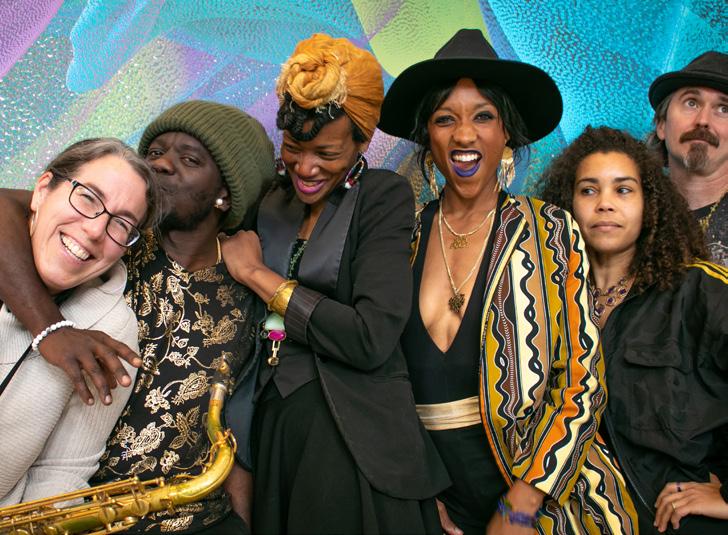
just want to be honest and real to my full true self. For example, when I go on tour, I don’t want just to express one part of myself or play one genre of music. I want to bring all of me. Sometimes, there is a message; other times, I want to be the girl with her feet in the sand, having fun.
VIBES: Do you feel any particular boundaries with Mak Nova?
MAK NOVA: Not at all. I’m one of those artists who wants to be in the world of ‘take me or leave me’ because I’m dedicated to the music and the art frst. Art is my muse, and I listen and follow it. I’m not here to please people, so they will like it or not, right? They might be mad that I do a pop thing and drop a reggaeton album, but it is easier if I’m true to myself and the art.
VIBES: Let’s fnish with that muse. Tell me about her.
MAK NOVA: Yeah, it’s like there is something inside me, this insatiable energy that is obsessed with music, art, performance and it isn’t going to stop I don’t know, maybe one day I’ll get tired [laughs], but right now this is the force driving me.




LEAH J. MURPHY (Center/Utility)
Soquel High School Class of 2024 University of California, Berkeley Water Polo Commit
Leah Murphy is a senior at Soquel High, and Cal Berkeley commit who plays for the Santa Cruz Water Polo Club. While at Soquel High, Murphy was an asset, leading her team to two CCS Open Division Championship titles. In her junior year, Murphy was named to the All-Central Coast Section First Team, named by KAI Sports to the Kai California/Hawaii All-American Second Team and named to the NISCA/Speedo All-American Third Team. In 2021, she was invited to the USA Water Polo Cadet National Team Selection Camp in Southern California. And in the summer of 2022, she was on the roster for the USA Water Polo Youth National Championships. Finishing her senior year, Murphy was named SCCAL Player of the Year and to the Central Coast Section frst team. She led her team not only in goals, but also with kindness and leadership. Murphy will play next year for one of the top NCAA Division 1 teams, the California Bears.
Committed to Cal Berkeley
• 2023-2024 CCS Open Division Second place, First Team All CCS, MVP
• 2022-2023 CCS Open Division Champion, First Team All CCS, Norcal Championships
• 2021-2022 CCS Open Division Champions, All-CCS Second Team
• SCCAL Player of the Year
• USAWP National Team Selection Camp
• Two-Time All-American
Written by Deijah StephensCade Peterssen a phenomenal student with a 4.3 weighted GPA,who plans to attend medical school. In his senior year, he continues to push himself academically, taking AP Chemistry, Bio-technology II, AP Government and AP Calculus. In 2023, Petersen was recognized with his school’s “Knight of Honor” award for demonstrating outstanding leadership in the classroom. As an athlete, Petersen exhibits a phenomenal work ethic and dedication. He was named SCCAL Athlete of the Week once, and played a critical role in their high school’s 2023 State Championship effort. He was credited with seven sacks in his fnal win in the semifnal and fnal games. Petersen was named as a First Team All-League Defensive player in both 2022 and 2023. In 2021, he was named Freshman Player of the Year. Most recently, Petersen was the recipient of Northern California’s outstanding scholar-athlete football players and will be honored, along with other recipients, on March 16, at the Grand Bay Hotel in Redwood City.
SELECT AWARDS:
• 2024- Northern California’s National Football Foundation outstanding scholar-athlete
• 2024 - State Champion Participant
• 2024 - First Team All League Defense
• 2023 - SCCAL Athlete of the Week
• 2023 - First Team All League Defense
• 2022 - First Team All League Defense
• 2021 - Freshman of the Year
• 2023—Knight of Honor
















FRANS LANTING & CHRIS ECKSTROM’S INTIMATE VISION OF MONTEREY BAY
BY BRIAN UPTON
Iam amazed during each visit to the Frans Lanting Studio off Swift Street how the stark pavement and clean lines of modern architecture of the houses never prepare a visitor for the wonder that awaits inside the front door.
The eye is immediately drawn to a predator in the corner as a mountain lion stares intently from the bush. The studio is where a majestic whale breach photograph pairs nicely with migrating birds under the watchful eye of a giant elephant.



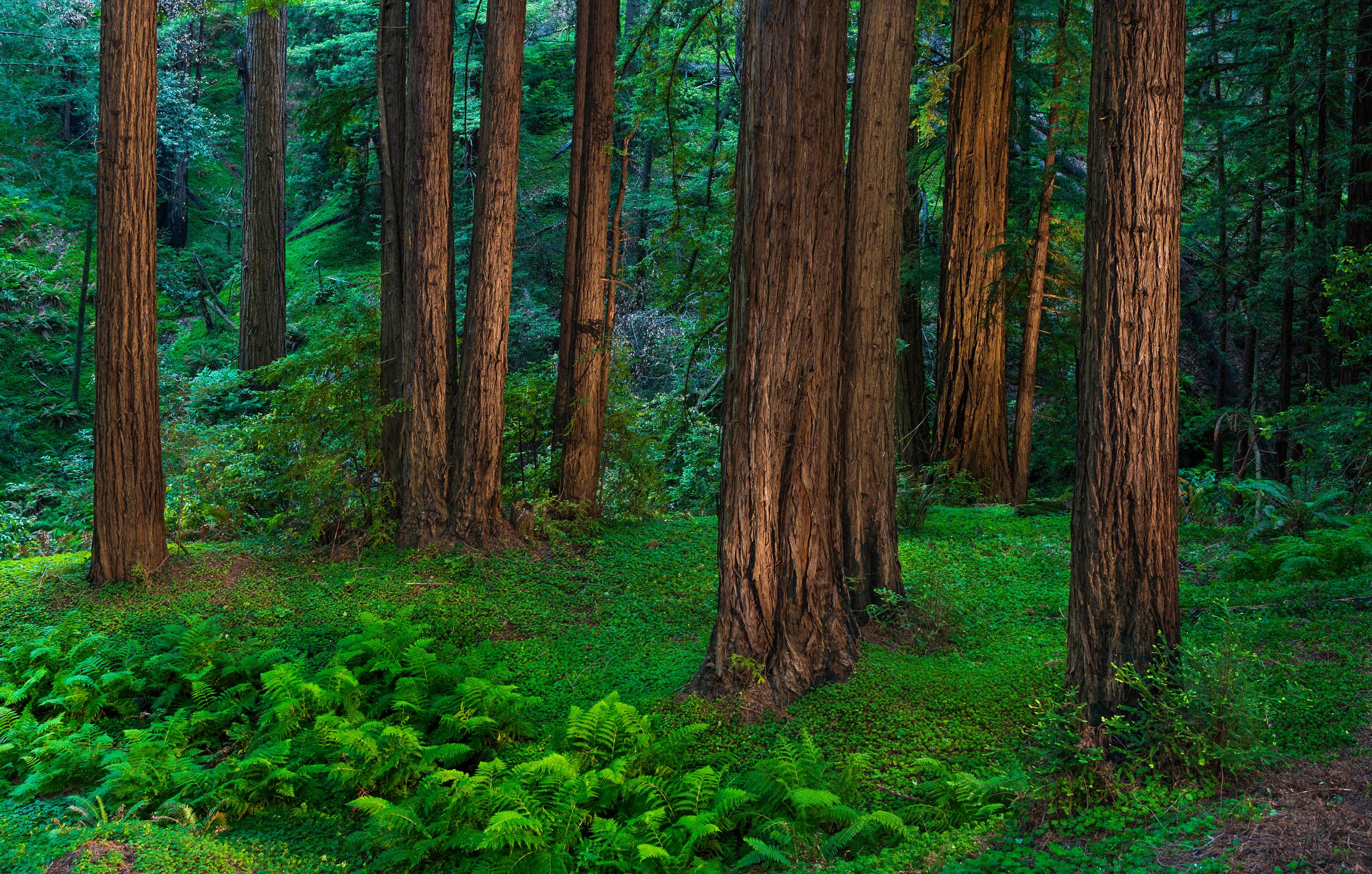
One’s life work is rarely displayed so conveniently for others to observe at leisure.
Cameras, tripods, housings and equipment fll the reception area. I have arrived for a discussion with Frans Lanting and Chris Eckstrom about their book project, “Bay of Life: From Wind to Whales,” but realize quickly that the couple is preparing for another adventure.
“Antarctica,” Lanting explains. I look again at all the necessary preparations for a trip to the world’s southernmost continent. “It will be my 19th time and Chris’s 14th trip. The whole undertaking takes a lot of work to get ready.”
For some reason, it seems appropriate to start a conversation about “Bay of Life,” the couple’s love letter to our local environment with a touchstone reference to a location nearly 9,000 miles from home. Their global perspective and travels were fundamental in driving their deep passion for the Monterey Bay ecosystem.
The simplest way to defne Monterey Bay and highlight its uniqueness is to recognize it as the hottest hotspot for biodiversity in North America — a bold claim — according to Lanting. Lanting credits his wife with the concept she developed to describe the bay’s distinctive nature.
“WHEN YOU LOOK AT THE MOUNTAIN RANGES AND THE WAY THEY ARE ORIENTATED AND THE ORIENTATION OF THE RIVERS, AND THEN INCLUDE THIS PHENOMENON OF THE MARINE CANYON, IT IS ALL INCREDIBLY DIVERSE. NATURE THRIVES IN DIVERSITY.”
–FRANS LANTING

“Chris wrote in the bookv that if you took a zip line from the top of Loma Prieta down to the bottom of the marine canyon underwater with an imaginary submersible, you would encounter, along that ride, a diversity of habitats and life that is unparalleled in North America,” he says.
What sets the area apart is the unique way in which the land meets the sea. The marine canyon Lanting referred to — Monterey Canyon — reaches staggering depths greater than two miles. If one were to leave the canyon, they would be met with
a rugged cliff line and sandy beaches that immediately give way to lush forests.
“The fact that it is so diverse here refects how unusual the topography is,” Lanting says. He points out one of the maps included in “Bay of Life” to accentuate his point. “When you look at the mountain ranges and the way they are oriented, the fow of the rivers, and then include this phenomenon of the marine canyon, it is all incredibly diverse. Nature thrives in diversity.”


“Bay of Life” is an ambitious effort.
“The book celebrates Monterey Bay as a world-class environment and pays tribute to the people caring for it.”
These opening words presented in the forward written by Leon Panetta set the tone for the book’s approach and the connected mission with the Bay of Life Fund. Gifts to the fund support local nonproft organizations active in conservation and education in the Monterey Bay, focusing on partnerships and participating organizations’ collaborative efforts. Eckstrom realized early in the process that the confnes of a printed book called for strategic and creative planning to get the message across to readers.
“THERE IS SO MUCH HERE. I WONDERED HOW I COULD FLY OVER IT ALL, TO HAVE A BIRDS-EYE PERSPECTIVE LIKE A CONDOR SOARING OVER THE TOP OF IT ALL …”
–CHRIS ECKSTROM
“We were thinking about how we cover all these habitats; it is just so complex and diverse,” she says.
She eventually leaned on what she knew best for inspiration: nature. “There is so much here. I wondered how I could fy over it all, to have a birds-eye perspective, like a condor soaring over the top of it all. I also realized we would need to be closer than that for the reader, more visceral to guide them. We wanted to take the reader from the top of that mountain to the bottom of the bay.”
The book is intensely purposeful, but there is a more profound connection a reader feels between the legendary photography by Lanting and the supporting words from Eckstrom. It is easy to see a direct comparison

between the subject matter and the couple. Much like the biodiversity of Monterey Bay, which is shaped by its unique topography, it’s equally impossible to be in a room with Lanting and Eckstrom and not sense the rarity of their partnership. Noticing this sentiment in the room, I asked if it was a perspective they both shared.
“Chris and I co-created the project. We have a very unusual creative relationship. We are like an old couple,” Lanting laughs as Eckstrom nods.
“We –” “We channel each other,” Eckstrom cuts in and lightly touches his shoulder.
“Yes. We channel each other. We fnish each other’s sentences,” Lanting says as he leafs through the “Bay of Life” book on the table. “For us creatively, it just goes back and forth in a way that has been very successful for us.”
Is the photographer the muse for the writer or is the writer the inspiration for the photographer?
“At the core of it, we both like to give shape to ideas.” Lanting sees it as a perfect marriage in both the natural world and the real world creatively. “Those ideas for us get expressed through images and words.”
Fittingly, Eckstrom picks up the narrative as Lanting trails off, fnishing the thought.
“We always want to fnd the strongest way to tell the story.”
Editor’s Note: In the creative tandem of Lanting and Eckstrom, “Bay of Life” captures the very soul of Monterey Bay. It’s more than a subject. It’s a shared responsibility and commitment to safeguarding the delicate balance that sustains us all. Stay tuned as Santa Cruz VIBES provides more insights into our extraordinary Monterey Bay. Meanwhile, grab a copy of the book and consider supporting the Bay of Life Fund.

BOOK PREVIEW
BY FRANS LANTING AND CHRIS ECKSTROMWe have been privileged to document our planet’s natural heritage on assignment for National Geographic for more than 30 years — from the icy edges of Antarctica to the Savannahs of Africa and the jungles of Borneo. But the place we know best and love most is California’s Monterey Bay. We have lived here for many years and come home from our travels to a secluded coastal meadow north of Santa Cruz. To us, Monterey Bay is one of Earth’s natural crown jewels.
The richness of the Bay’s Marine Wildlife reminds us of islands near Antarctica, like South Georgia, whose shores are packed with seals and seabirds, much like the beaches of Año Nuevo. Cold water supports abundant life here as it does in the subantarctic. The botanical richness of the Monterey Bay Region reminds us of parts of South Africa, which is the epicenter of foral diversity, just like the Central Coast of California.
According to a study by The Nature Conservancy, Monterey Bay is the hottest hotspot for biodiversity in all of North America. But that assessment did not include its marine life, which is astonishing in its own right. Land and sea are often looked at separately by researchers and planners. In “Bay of Life,” we bring the two together for a unifed view of the bay and its natural abundance due to a unique mix of physical features and microclimates shaped by the powerful infuence of the ocean. We know of no other place in the world where land and sea connect extraordinarily.
This is a place of giants, from redwood forests standing tall on land to forests of kelp swaying in the currents offshore. It supports iconic wildlife from secretive mountain lions to majestic blue whales in a region where far-fung
migrants mix with local endemics. Monterey Bay is both a crossroads and an epicenter for many forms of life. It is the southern boundary for species like coast redwoods and coho salmon and it is the northern boundary for roadrunners and Monterey pines. It is an epicenter for sea otters rafting by the dozens in sheltered waters and for spectacular summertime congregations of sooty shearwaters. It is the only place you can fnd the Santa Cruz cypress and the Ohlone tiger beetle, two of many species that live nowhere else in the world.
Monterey Bay’s natural abundance results from a unique confuence of land and sea, shaped by the forces of fog and fre and infuenced by people’s actions. After the Gold Rush, massive overexploitation of resources stripped the land of trees and the seas of fsh and marine mammals. But that ecological collapse has been reversed in our time. In the upcoming issues of Santa Cruz Vibes magazine, we will use excerpts from “Bay of Life” to describe a remarkable recovery that shows that damaged ecosystems can be restored when people care for and act together and offer a model for other places when we need such stories of hope.
We hope this series project will motivate readers to join us and contribute to a future worthy of this magnifcent Bay of Life we all share.
“Bay of Life: From Wind to Whales” was created by Frans Lanting and Christine Eckstrom to showcase Monterey Bay as a unique eco-region. The Project features a book, a traveling exhibition launched at the Museum of Art and History in Santa Cruz, a website www.bayofife.net, a series of public and private events, partnerships with local environmental organizations, a communication and fundraising campaign with Santa Cruz METRO, “Protecting Monterey Bay, One Ride at a Time”, an educational initiative in partnership with the Santa Cruz County Offce of Education with features a new K-12 curriculum, a charitable Bay of Life Fund in partnership at the Community Foundation Santa Cruz County, and more.
Several “Bay of Life” events are scheduled for the Monterey Peninsula for the frst half of 2024. The Monterey Museum of Art will open a “Bay of Life” exhibit in early May. In parallel, another “Bay of Life exhibit” will be hosted at California State University Monterey Bay. Lanting and Eckstrom will do a public program about “Bay of Life” on May 7 at Carmel’s Sunset Center, introduced by former Congressman Sam Farr.
Signed copies of the collector’s edition and the standard edition of “Bay of Life” are only available from www. bayofife.net. Proceeds beneft the Bay of Life Project. Limited edition fne art prints are also available.

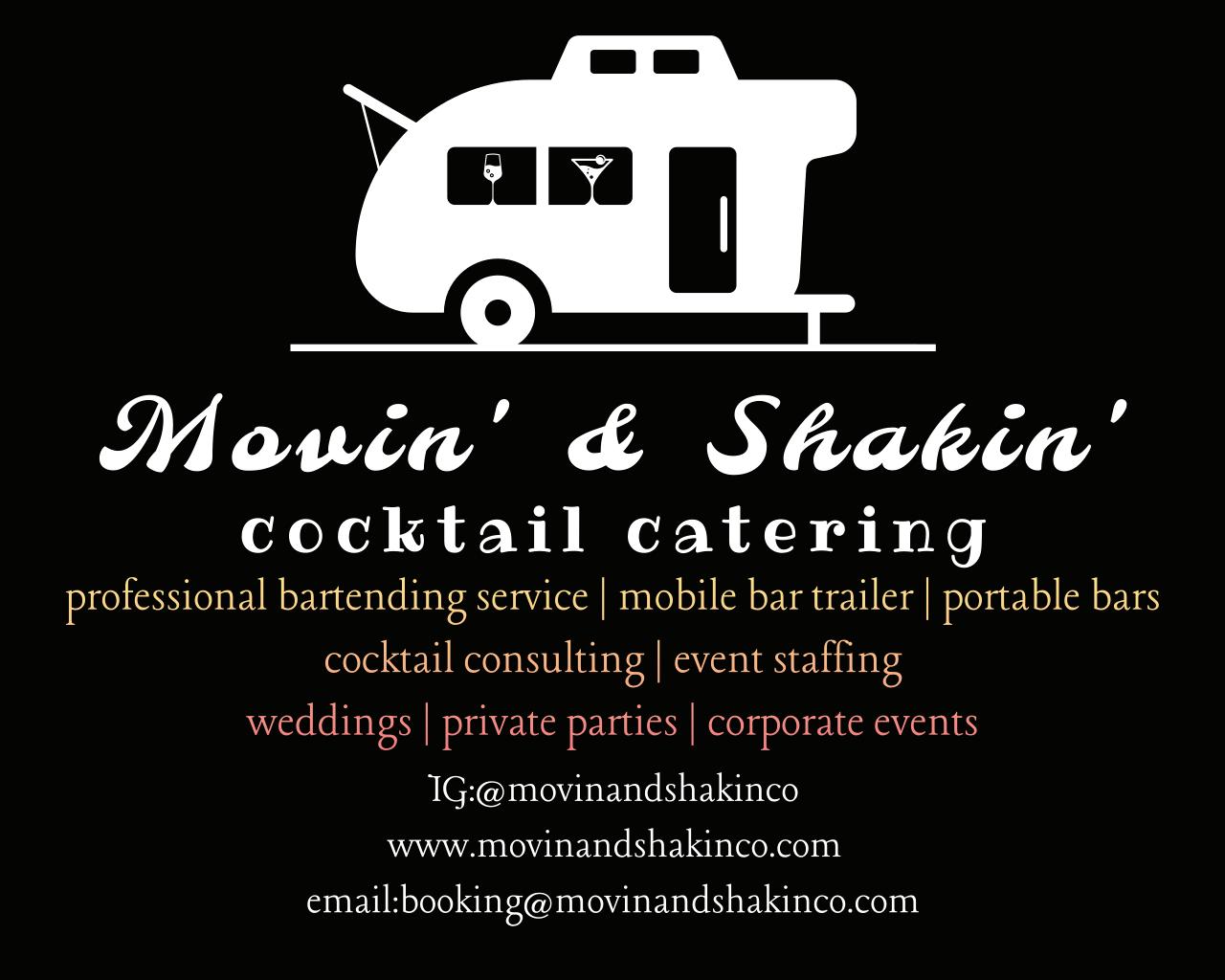









SQUATS
Try sitting to a low bench for consistent depth.
PUSH-UPS
Start high like on a wall or bench when learning for full range of motion, then lower the plane.
RUNNING
Strength Biased originated from a personal passion and a global need for ftness. Focused on strength training for all ages, we aim to act as preventative health care for all abilities, as well as a valuable resource for strength and conditioning coaches.

Shuttle sprints, jogging or jumping rope could be a substitute.
One of the best ways to get your heart rate up and start to improve cardiovascular ftness is by using interval training. Set a timer for 20 seconds and have it repeat 8 times. Alternate work and rest. Do that for each movement. (20 seconds work, 20 seconds rest, x 8 each, for 24 rounds total.) This way, you can work at your own pace, gradually increase work capacity and train your body to recover. When you’re starting, the main focus should be quality and moving well. Only once you’re consistent with that should you turn up the pace.
SPLIT SQUATS
(Hold some dumbbells for added strength work)
BENT OVER ROWS
Use a barbell for bilateral work or a dumbbell for single-arm rows.
SHOULDER PRESS
Build your upper body and core by improving this lift.
Strength is the foundation on which everything else is built, so take your time to learn proper mechanics. Start with lighter weight and higher reps to focus on consistency and build muscle endurance. Over time, gradually decrease the reps and increase the weight, working toward heavy sets of 5s, 3s, doubles or even singles for the advanced lifter. The rest between sets should be long enough to recover, but not so long that you cool down (think 3-5 minutes for more intense sets). An effective dose for any ability would be 3 sets of 8 reps for each lift. Try to increase weight each set.
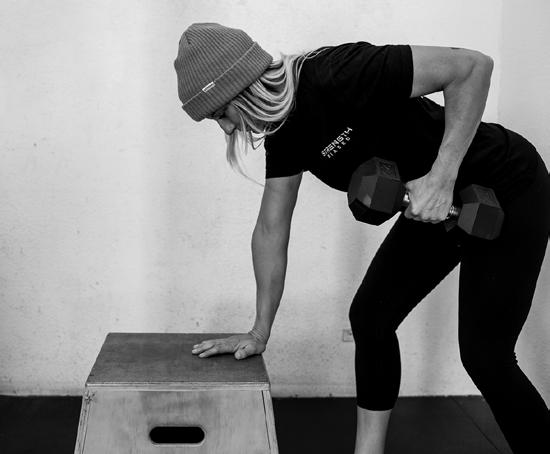
MENTAL EFFECTS OF EXERCISE INCLUDE:
• Enhanced cognitive functions such as learning, clarity, focus and memory.
• Neuroprotection against aging and neurodegenerative diseases like Alzheimer’s and dementia.
• Reduced symptoms of depression and anxiety.
• Increased cerebral blood fow and reduced blood pressure.
• Increased endorphins to improve mood and reduce stress.
• Habit forming = neuroplasticity forms positive and healthy habits to keep you consistent and enjoying the benefts from exercise long term.
REMEMBER: We tear down muscles when we workout, and they get stronger when they recover. Eat real foods, get good sleep, be consistent with your ftness, and your brain and body will reap the benefts.


Keeping yourself healthy is one of the best gifts you can give to the many lives you touch — and to yourself. At Kaiser Permanente, you’ll fnd caring professionals who provide high-quality healthcare for women at every stage of their lives. We provide comprehensive treatment and a broad range of programs and services for women of all ages.
Learn more at kp.org
For all that is Santa Cruz County. For all that is you.


SANTA CRUZ LOCALS ARE DROPPING IN ON THE FEMALE SURF REVOLUTION
BY AUTUMN HAYS
ALL PHOTOS BY DAVE “NELLY” NELSON UNLESS NOTED OTHERWISE
Santa Cruz is undergoing a signifcant transformation as a new wave of female surfers reshapes the surfng scene. This community has experienced a notable increase in young female surfers. Unlike previous years, where there were a few standouts, there is now an entire group of talented young female surfers. They have forged a tight-knit surf community, supporting each other through the highs and lows of competitive surfng.
Observing their camaraderie demonstrates how they drive each other to improve — both in and out of the water. They showcase the depth of Northern California’s surf talent from the diversity of waves along the coastline, ranging from point breaks, beach breaks, reef breaks and slabs, shaping these women into well-rounded surfers. While Southern California remains the surfng epicenter in the state, boasting more contests, industry connections and sponsors, pursuing an amateur or professional surfng career in NorCal proves to be challenging, requiring numerous sacrifces.
The commitment to surfng extends beyond the surfers themselves; their families are equally dedicated. Parents make regular journeys to Southern California for surf events or obligations, often multiple weekends a month. These trips involve hotel stays, long drives and navigating the challenge of their surfers missing school due to travel commitments. The sacrifces these surfers and their families make highlight the collective dedication required to pursue sports excellence.
“GROWING UP HERE IN SANTA CRUZ HAS HELPED ME GROW MY SURFING IN ALL THE WAVES I LIKE, SUCH AS BIGGER WAVES, BARRELS, BEACH BREAKS TO POINT BREAKS. EVEN THOUGH I HAVE TO DRIVE SOMEWHERE TO DO A CONTEST, I ALWAYS END UP MEETING NEW PEOPLE. I LOVE SANTA CRUZ BECAUSE OF THE CALM, CHILL AND EXCITING VIBE!”
This article features only a few of the best Santa Cruz has to offer. There are so many more in the water charging right now with unique stories, and I can’t wait for Santa Cruz Vibes to showcase more local talent in the future!
Witnessing these incredible women juggle school, surfing, and other commitments is genuinely inspiring. Their unwavering dedication shines through as they surf before and after school, training to improve their surfng skills. This commitment is a testament to their love for the sport and an example for aspiring surfers, showing how one can do it all to achieve their dreams. As we look ahead, the future of surfng in Santa Cruz is bright. The inspiring journey of these young female surfers, characterized by their passion and unity, sets the stage for an exciting era in the sport. I eagerly anticipate watching this group of girls carve a career in surfng, paving the way for the next generation of surfers.


-RIVIERA HUNTER


HAYS: What has surfng taught you about life?
HARDY: Surfng has taught me so much and has been one of my best teachers in life. It has taught me patience, resilience, determination, perseverance, to be ambitious, to slow down and to enjoy the present moment. It has also taught me to respect my elders in and out of the water.
HAYS: What do you love most about surfng in Santa Cruz?
HARDY: I love the variety of waves we have here. You can fnd reef breaks, point breaks and slabs. We have it all.
HAYS: What does surfng mean to you?
HARDY: Surfng means being connected to the ocean and God and feeling free. It’s what I love to do and brings me so much joy.
HAYS: What are your goals outside of surfng?
HARDY Outside of surfng, my goals are to spread the stoke and be the change. Eventually, I want to get my college degree and would love to travel the world.



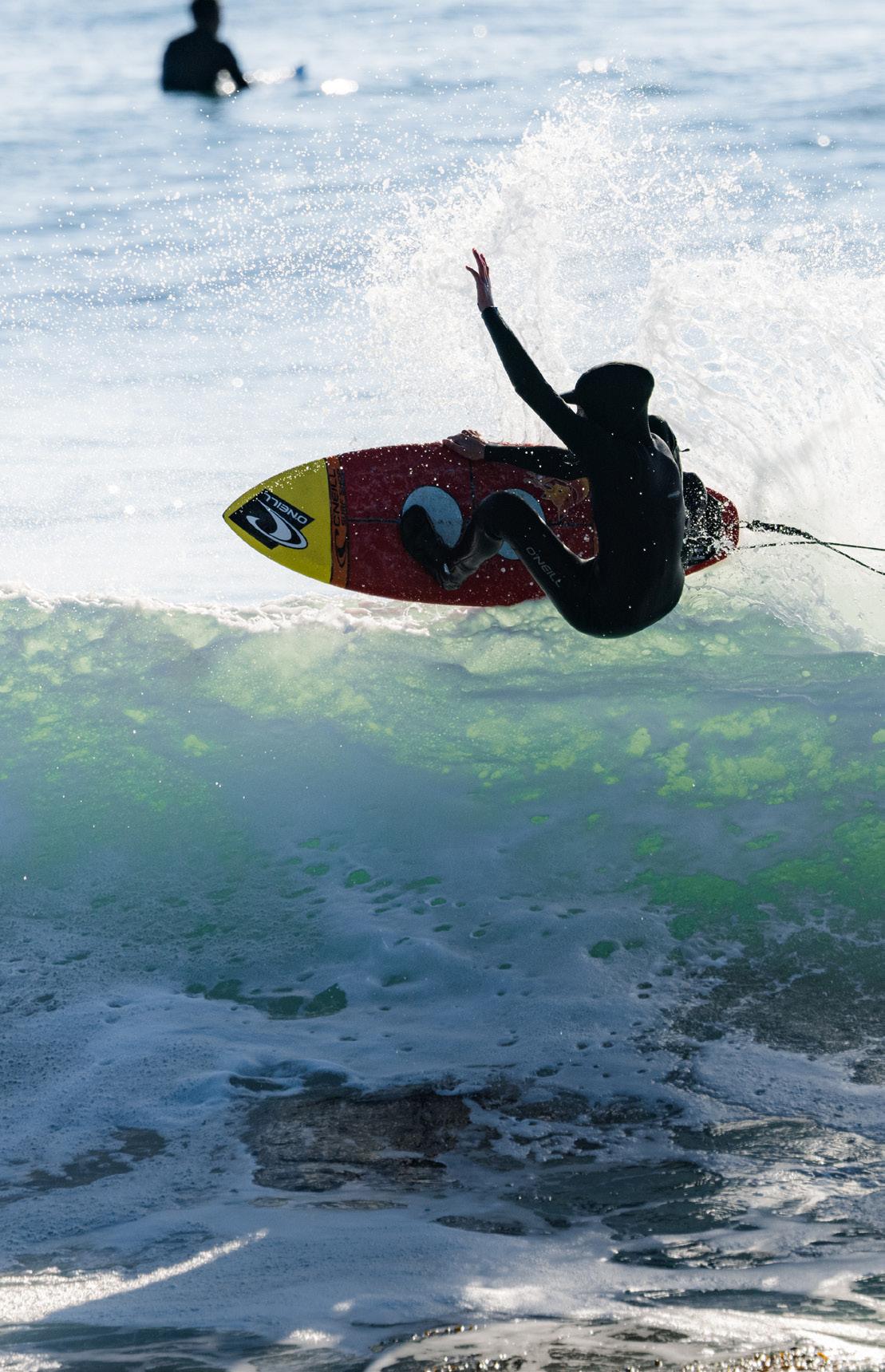
AGE: 13
BORN: Santa Cruz
BIO: Second place at the USA Prime at Steamer Lane
HOBBIES: Loves surfng, skating, golfng and traveling
FAVORITE SURF SPOT: “Shh” can’t tell FAVORITE FOOD: Chocolate chip cookie dough ice cream with caramel sauce
WORST NIGHTMARE: The dentist
BIGGEST DREAM: Win a world surfng title

“I FEEL SO LUCKY TO BE GROWING UP IN SANTA CRUZ WITH AN AMAZING SURF COMMUNITY!
As Autumn (Hays) said, “Southern California remains the surfng epicenter,” and though that is defnitely true, Santa Cruz has way better waves! Everyone says surfng is an individual sport but I disagree. I wouldn’t be where I am without my amazing surf community and other surfers pushing me out of my comfort zone. Traveling up and down the coast, I have met many incredible female rippers. When I started surfng, there weren’t too many girls, but those of us who did, we stuck together. I want to call out Autumn — she is one of the biggest reasons all the female surfers in Santa Cruz are together. She showed us friendship and took us young girls under her wing doing summer surf camps and encouraging us to push the limits whenever we were in the water! Autumn is the most inspiring surfer to me. She was the frst female surfer from Santa Cruz to win the Cold Water Classic. Her drive, dedication and determination make me want to be like her when I’m older!”
-Kaikora Nauenberg


Imagine a place where you tend to your own vegetables, harvest your own fruit, preserve garden abundance, stash away seeds in the fall, and favor your meals with homegrown herbs. A time when you eat with the seasons and there is intention behind every household action. Your connection to food and the land runs deep, while your mind and body revel in the nourishment of homemade goodies. No rumbling machines disturbing the soil, no harmful chemicals to disrupt the local life, and no invasive plants to throw off nature’s balance. Instead, the land is full of native perennials like lupin and fruitful annuals like tomatoes, intended to beneft the soil and local ecosystem.
Well, guess what? That is exactly how we’re living in 2024—fulflling our dreams, savoring the simplicity, and staying true to the roots. Our names are Josh and Andie, and we have a dream of living a homesteading lifestyle.
AS WE WALKED BY, THE WEEDS WOULD LIGHTLY TICKLE OUR LEGS, ALMOST AS IF THEY WERE CHALLENGING US WITH A SILENT QUESTION: ‘WHAT ARE YOU GOING TO DO ABOUT ME?’
In 2020, we moved in together, settling into a cozy studio situated on a one-third-acre property in the Aptos Hills area. Our humble abode rests just beyond the reach of the daily fog bank, on the fringes of the iconic Santa Cruz mountains. It was here that our gardening journey truly took root.
We feel immense gratitude for the space that surrounds us, even though, initially, the view beyond our
front door was dominated by unruly weeds. In those early days, every step we took was accompanied by the unwanted presence of weeds. As we walked by, they would lightly tickle our legs, almost as if they were challenging us with a silent question: “What are you going to do about me?” We won’t sugarcoat it—the prospect of transforming an entire landscape can be overwhelming, especially when you’re unsure of where to begin.
To start, we moved one step at a time. We weeded, mulched and planted away. We would go to local nurseries and leave with the “prettiest and most productive” looking plants. Fast forward four years and most of those plants are far gone because they were meant for looks, not function. Today we understand there are many “pretty and functional” plants that work well in a regenerative landscape.
So much of what we have learned over the past few years can be attributed to our experiences at the University of California, Santa Cruz and passionate gardeners in the community. At UCSC, we interned and worked at the Alan Chadwick Garden. This is where we were exposed to how productive a small space could be. During this time, we had the fortune of receiving hands-on mentorship each day by master gardener Orin Martin. We would come home from school bright-eyed and bushytailed, scale down what we learned and apply it to our space.
Slowly over time, we have been able to improve the native soil and biodiversity on our land. Today, we are starting hundreds of our own seeds, making our own compost, nourishing our bodies with organic homegrown foods and medicines and above all, learning to live off the land.
This spring, like every spring, is a time of growth. The plants and the world are waking up from a state of wintery rest, and getting ready to bloom. This is a special time of year in the garden. Follow along to ex-
perience the wonder of seeds transforming into bountiful harvests. We hope we can share some insights we have gathered through our trials and errors to help you begin or brighten your gardening journey.

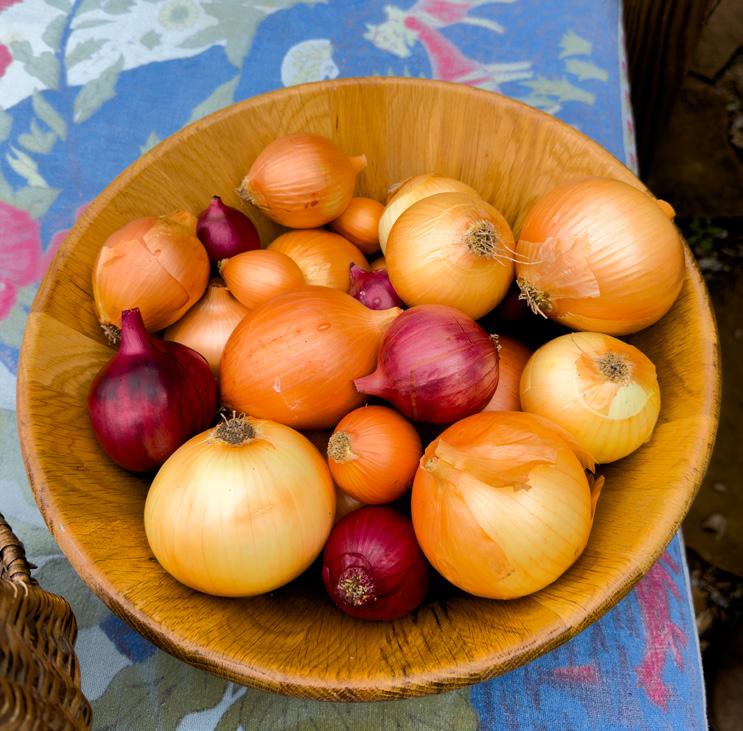
Josh and Andie embrace a homesteading lifestyle, which includes growing their own organic fruits, vegetables, and herbs in a way that is restorative and respectful of the land they live on. Learning from experiences at UC Santa Cruz’s Alan Chadwick garden, they aspire to live off the land one harvest at a time. They enjoy sharing their successes and failures to help others embark on a sustainable gardening journey. Additionally, Josh is passionately starting his own consulting business specializing in sustainable gardening and edible landscaping, aiming to further assist and educate individuals seeking to create eco-friendly and productive gardens.

@thegratefullgarden


LOCAL SCIENTIST HELPS UNRAVEL THE MYSTERIES OF THE DELICATE BALANCE AND INTERCONNECTEDNESS OF MARINE LIFE 10,000 FEET BELOW
BY CRAIG HEIHNPROVIDED BY SHANNON JOHNSON
Two thousand miles off the coast of Chile, the research vessel Atlantis II is readying the Alvin, a three-person submarine. On this dive, the Alvin will plunge to more than 10,000 feet below the ocean’s surface. Inside the sub’s confnes, a pilot and two scientists, including Shannon Johnson from the Monterey Bay Aquarium Research Institute, brace for a grueling 12-hour expedition. Their hope is to gather samples of animals at ocean depths only a select few have dared to explore. It’s a risky and dangerous mission. But this crew is willing to risk their lives to unravel the mysteries of our oceans and to better understand the effect humans are having on them.
Today’s cramped mission into the deep, dark ocean is a world apart from where Johnson grew up— among the white, snow-capped mountains and vast open spaces of Lake Tahoe. Five hours away from the ocean, she spent her winters balancing school, ski racing and snowboarding. Summers were devoted to working in a local marina, just a bike ride away from her home. Typical pastimes for the kids of Lake Tahoe involved hitching rides to go wakeboarding and attending beach bonfres with friends. If you had told a 15-year-old Johnson she would become a deep-sea biologist and eventually work for one of the most prestigious scientifc research facilities in the world, she would have laughed in your face. Her frst signifcant issue was that school was not a priority, which, at the time, she didn’t take seriously. A more signifcant concern was ... she gets seasick!
Not surprisingly, Johnson wasn’t particularly drawn to marine biology. After graduating from high school, she went to a community college at the behest of her schoolteacher mother. While taking her General Ed classes Johnson discovered, although not very good at it, that she really enjoyed math. For her it was more like solving puzzles and that intrigued her. Pressing on, she began to take


DURING HER TIME AT UCLA, SURFING INTRODUCED SHANNON TO THE OCEAN, TRIGGERING AN UNEXPECTED FASCINATION THAT ALTERED HER CAREER PATH.
as many math classes as she could. School was fnally starting to click Eventually, after graduating with honors from community college and applying to four different schools, Johnson was accepted to UCLA as a biochemistry major and had decided to become a neurosurgeon.
During her time at UCLA, surfng introduced Johnson to the ocean, triggering an unexpected fascination that altered her career path. Despite some academic challenges, she graduated with a bachelor’s in biology and decided to take a gap year. She needed a break.
Waitressing at night gave her the freedom to explore her new found love of surfng and the ocean. The Monterey Bay was the perfect playground for just such an endeavor. Seeking a deeper connection to the sea, Johnson enrolled at Moss Landing Marine Laboratories, completing her Master’s in Science and eventual-
ly securing a role as a student assistant at MBARI. In the Molecular Ecology Lab, she delved into the genetics of deep-sea creatures exclusive to ocean depths.
Presently, after two decades at MBARI, Johnson’s research illuminates the interconnectedness of these creatures in global ecosystems. Her studies and contributions are showcased at the Monterey Bay Aquarium, a testament to her enduring dedication and pivotal role in marine science. [If you look closely, you’ll fnd her image on one of the exhibits, a reminder of her remarkable journey from mountainous terrain to the depths of oceanic exploration.]
At a depth of 10,000 feet below the surface, the ocean takes on an eerie darkness, an abyss devoid of natural light. In this lightless world, the majority of creatures remain unseen until the submarine’s illumination reveals their existence. The mesmerizing play of colors emerges as light refracts off the creatures’ movements, casting a spectral dance amid the deep. Having dedicated nearly eight hours to exploring the ocean’s depths and collecting diverse samples, including an unprecedented species of worm, the submarine commences its gradual ascent. Inside the seven-foot-diameter sphere, the crew confronts exhaustion, piercing cold, and the suffocating sensation of nearly 12 hours in confnement. Dealing with excruciating headaches owing to dehydration and scant oxygen, they endure the discomfort without the luxury of a bathroom. The ascent, spanning a couple of hours, feels interminable until the vessel fnally breaches the surface, causing it to bob around like a cork. Still, it will be another half-hour before the submarine is recovered and hoisted back onto the research ship. For Johnson, the only one onboard who gets seasick, these moments stretch into what seems like an eternity. But it’s a small price to pay for unraveling the mysteries of the deep sea.


“I HOPE OUR RESEARCH CAN ILLUMINATE THE AMAZING CREATURES OF THE DEEP-SEA SO WE CAN PROTECT THEM AND NOT JUST USE THE OCEAN AS A DUMP.”
Julie Packard, the executive director of the Monterey Bay Aquarium and a pioneering fgure in ocean conservation, played a pivotal role in its establishment in the late 1970s. As an international leader in the realm of ocean conservation, her advocacy resonates profoundly, advocating for science-driven policy reforms that champion a sustainable and thriving ocean ecosystem.
Packard’s journey began during her master’s studies when her fascination with marine algae and seaweeds ignited a passion for understanding the intricacies of the Monterey Bay coastline. Motivated by the devastating
1969 oil spill off Santa Barbara, her environmental activism spurred her to envision an institution that would highlight the ocean’s importance and its interconnectedness with our world above the surface.
After eight years of relentless dedication, the Monterey Bay Aquarium opened its doors on Oct. 20, 1984. The inauguration drew an impressive crowd of over 10,000 visitors, offering an enthralling underwater view of kelp forests and marking the beginning of a thriving institution. With 2.4 million visitors in its inaugural year, Julie’s vision materialized into a resounding success.
In 1987, David Packard established the Monterey Bay Aquarium Research
Institute (MBARI) to merge engineering and science, enabling the sharing of discoveries with the scientifc community and the public through the Aquarium. This collaborative endeavor further underscored the institution’s commitment to understanding and safeguarding our oceans.
Julie’s indomitable spirit and leadership continue to inspire a global movement toward ocean conservation and science-based policy reforms. Her unwavering commitment to a healthy ocean ecosystem has solidifed her as a pioneering force in the feld, leaving an enduring legacy in marine science and environmental advocacy. Learn more about the Monterey Bay Aquarium by visiting in person or online at montereybayaquarium.org.

Marine bioluminescence, a symphony of light in the ocean’s depths, embodies nature’s unparalleled beauty and mystery. (Bioluminescence comes from Greek and Latin – bios means life in Greek, and lumen means light in Latin.) From sparkling waves to glowing jellyfsh, these underwater freworks illuminate the hidden wonders of our seas. Beyond its natural allure, marine bioluminescence plays vital roles in communication, camoufage and ecological dynamics. However, human activities, from pollution to climate change, threaten these fragile ecosystems. Safeguarding marine bioluminescence demands urgent conservation efforts to preserve biodiversity and unravel its scientifc potential. We hope articles like this and the amazing photos help forge the path toward sustainable practices, ensuring the oceans continue to shimmer with the magic of bioluminescence for generations to come.

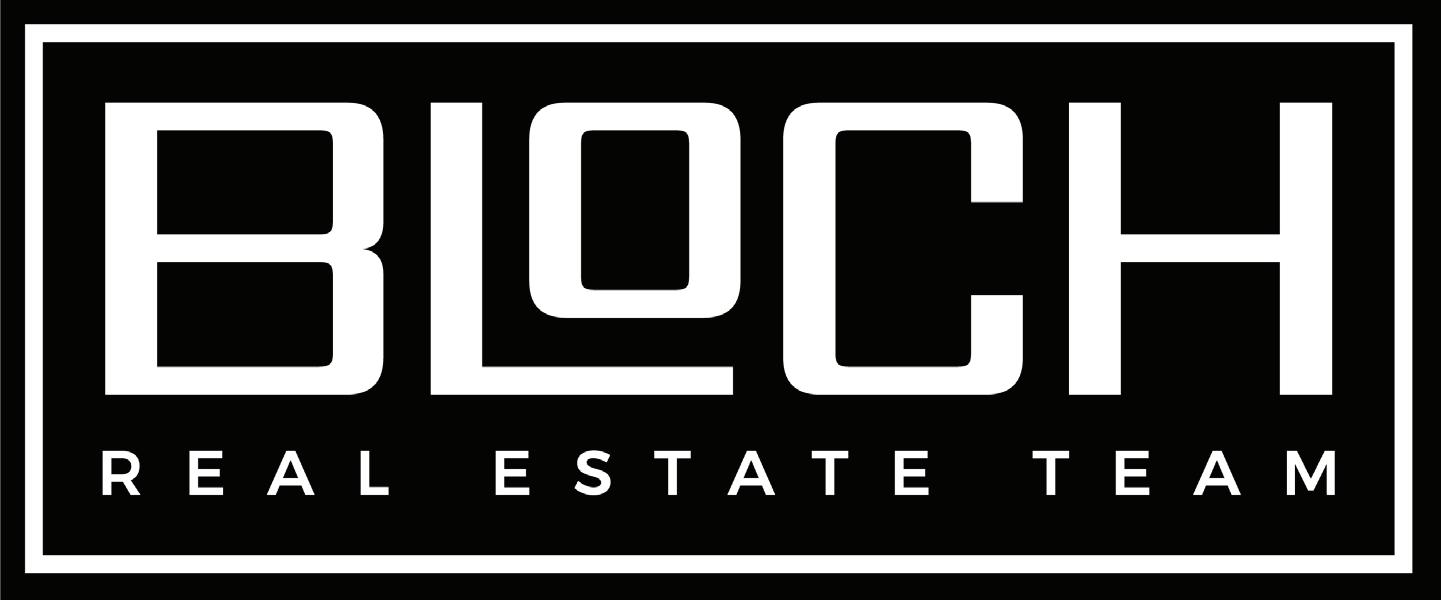



As of this writing in mid-January, winter is still lingering, but signs of spring are emerging all over the county. In my midtown backyard, I recently harvested the last of my sungolds and spotted the frst pink and blue forget-me-not fowers. At Beeline Blooms in Ben Lomond, winter plants like hyacinth, daffodil, and Icelandic poppies are budding. In south county, Prickly Poppy Farm is actively starting seeds and preparing bulb beds for the upcoming ranunculus and daffodil season.
Our Central Coast seasons seamlessly blend, offering a continuous yet ever-changing foral display. Exploring the outdoors is crucial to appreciate the evolving

ARBUTUS MENZIESII - PACIFIC MADRONE
When seeking wildfowers, don’t forget to look up. The Pacifc madrone, with its peeling gray-brown bark, reveals white bell-shaped fowers at the tips of its branches, lighting up the forest canopy. Fun fact: madrone berries are edible. Blooms: March, April.
TELLIMA GRANDIFLORA - FRINGE CUPS
In the redwood forest, fringe cups interrupt the sea of green with spires of white or dusty rose blooms. These perennial groundcovers, part of the saxifrage family, exhibit intricate thread-like petals and deep cup-like hypanthium. A macro lens is recommended for great photos. Blooms: April-July.
TRILLIUM CHLOROPETALUM - GIANT WAKEROBIN AND TRILLIUM OVATUM - WESTERN WAKEROBIN
Abundant in our area, these trillium species mark the start of spring with white to dark pink/purplish fowers. T. ovatum blooms white then ages to pink and thrives on moist slopes, while the Giant Wakerobin prefers drier, sunnier spots. Look for their mottled splotches on the leaves. Blooms: February onward.
SCOLIOPUS BIGLOVII - FETID ADDER’S TONGUE
Spot this woodland beauty with its distinct wet dog smell. The fetid adder’s tongue features pairs of splotchy leaves and small, purple-striped fowers on delicate stems. Blooms: January-March.
beauty. For those new to wildfower spotting here is a short list of some of our spectacular spring beauties and where to fnd them. Additionally, using the Calfora website and its “What Grows Here” feature — along with photo recognition apps like Picture This or Seek — can turn anyone into an amateur wildfower hunter. Remember to greet fellow enthusiasts, share sightings, take only photos, and leave behind nothing but good vibes.
“OUR CENTRAL COAST SEASONS SEAMLESSLY BLEND, OFFERING A CONTINUOUS YET EVER-CHANGING FLORAL DISPLAY.”

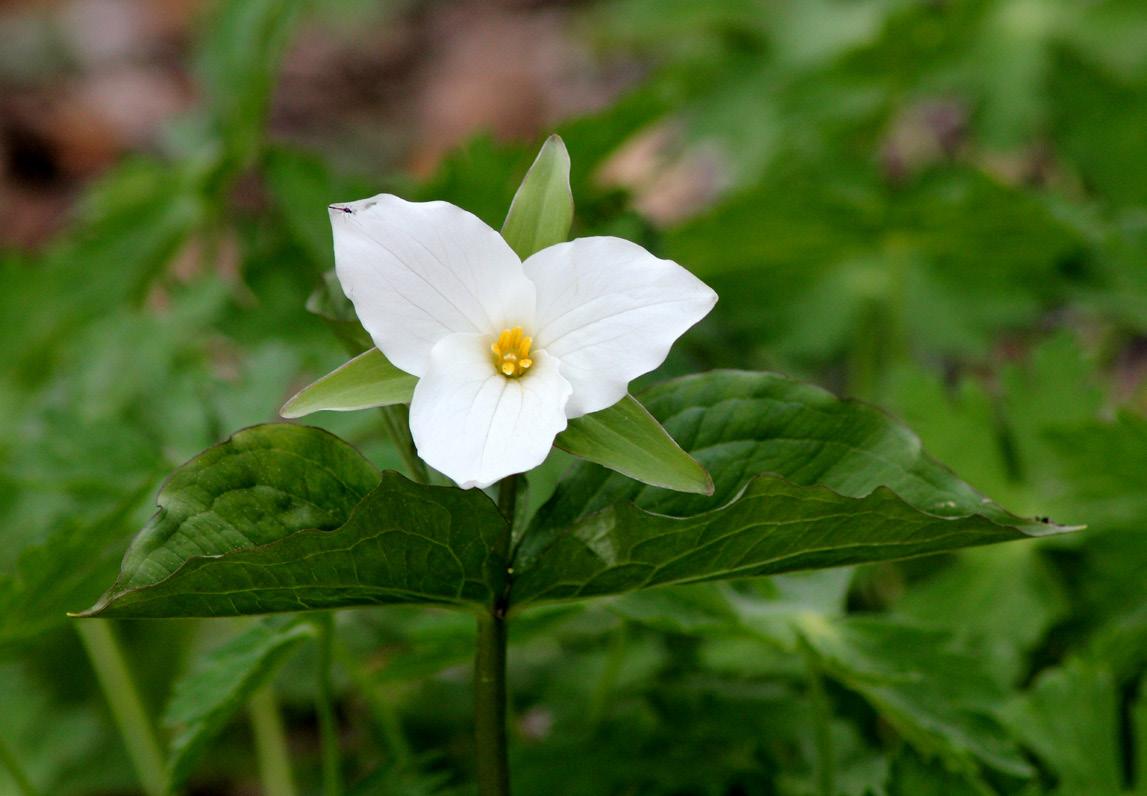
PROSARTES HOOKERI - HOOKER’S FAIRY BELLS
Hooker’s fairy bells showcase delicate green/white bells hidden under the tips of their horizontal stems of alternating leaves. Spot them in moist areas in redwood forests and earn some hipster botany points for pointing them out. Blooms: March-June.

Connecting woods to meadows, these fairy lanterns with globe-shaped fowers light up natural pathways. Look inside the fowers to discover the unique scruffy hairs lining the “petals.” Blooms: April, May.
Meadow ecosystems are diverse and highly variable, often with different foral communities from one side of the road to the other. Take care not to trample the delicate fowers that may be hiding in invasive forbs and grasses. Look for standards such as shiny buttercups (Ranunculus californicus), goldfelds and tidy tips (Lasthenia gracilis, Layia platyglossa), blue-eyed grass (Sisyrinchium bellum), purple lupines (Lupinus sp)., and white popcorn fowers (Plagiobothrys/ Cryptantha sp).
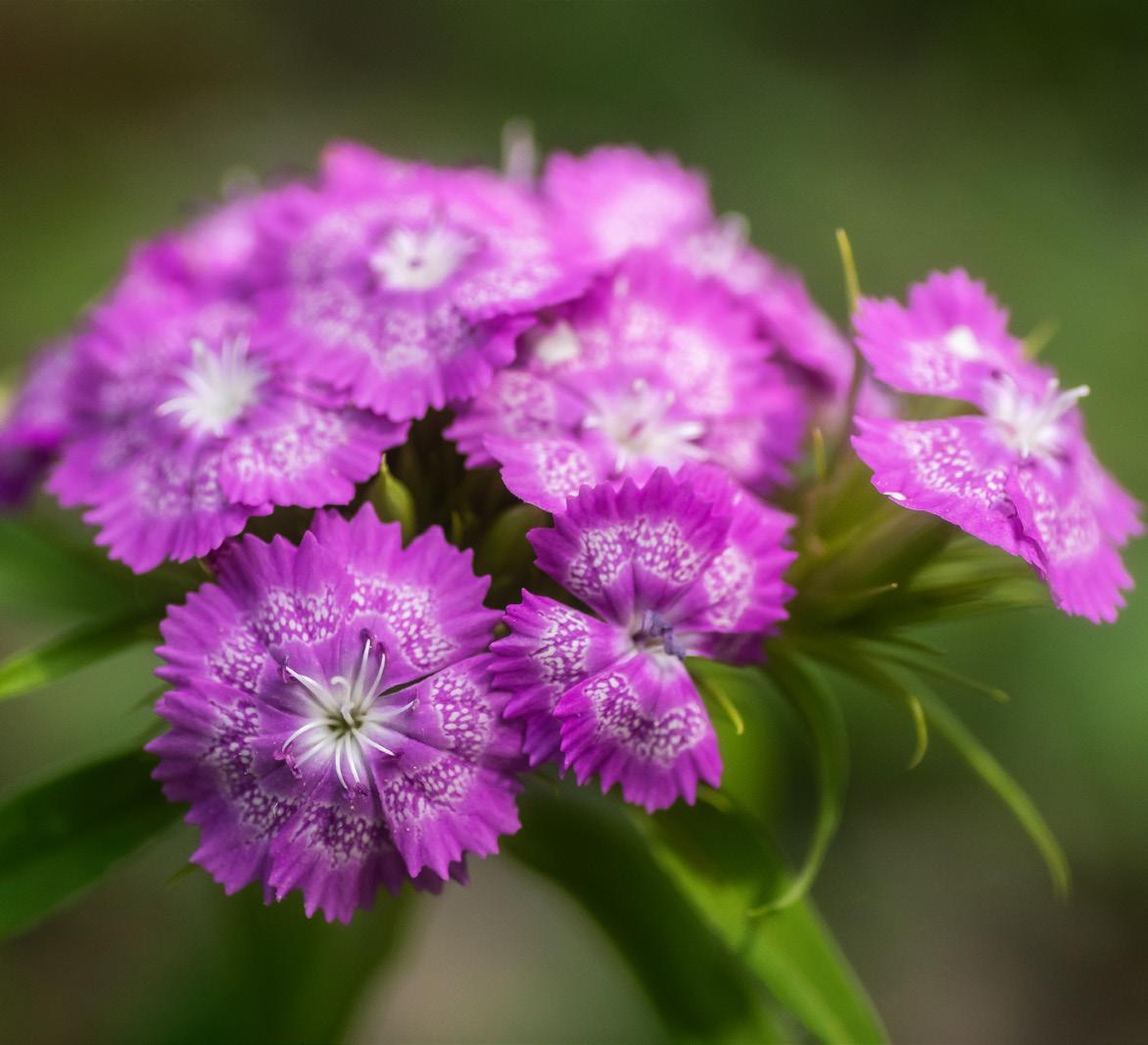
CALOCHORTUS LUTEUS - YELLOW MARIPOSA LILY
A stunning wildfower found in meadows on the University of California, Santa Cruz campus, Empire Grade, Pogonip, coastal terraces, and Scotts Valley’s Glenwood Open Space Preserve. Blooms: May, June.
HOSACKIA GRACILIS - HARLEQUIN LOTUS
A CNPS-listed rare plant you’ll fnd the tiny pink and yellow pea fowers arranged in semi-circles in very wet meadows near Swanton Road, and the Empire Grade/UC Santa Cruz area. Blooms: March-July.
CLARKIA RUBICUNDA - RUBY CHALICE CLARKIA, FAREWELL TO SPRING
Nature’s “wrap-it-up box,” with purple petals and deep ruby bases, fapping in the breeze. Look for it in mountain meadows and coastal prairies. Blooms: March-August.



The Barrios Unidos Food Pantry’s story started with individuals gathering to address a community need. While Barrios Unidos has always recognized food security as vital for the healing, development and survival of communities, it was in early 2016 that founder Nane Alejandrez and his wife, Jenny, decided to take action.
With generous donations from Trader Joe’s, Nane and Jenny began distributing food from their Santa Cruz home and Watsonville’s city plaza. Word of mouth spread quickly resulting in long lines of volunteers and recipients, revealing the signifcant need within the community.
When the pandemic hit, Barrios Unidos faced the challenge head-on. Despite widespread closures, they kept their programs and food pantry operational. With unemployment surging, they expanded their efforts by securing additional donations from Costco and Gayle’s Bakery. The pantry eventually outgrew its original location and found a new home at Barrios Unidos’ main center on 1817 Soquel Ave.
The food pantry has remained active in disaster relief efforts. When the Pajaro Levees broke, causing foods that devastated the predominantly farm-working communities of color in 2022, Barrios Unidos responded by providing essential items and sup-
port. Pajaro is still in recovery, but everyone involved in this experience grew stronger, not just from the distributed resources but also from the stronger sense of community.
From a simple idea, the Barrios Unidos Food Pantry has evolved into a thriving community. Volunteers gather weekly to serve hundreds of individuals, drawing a diverse crowd seeking food, community and a chance to volunteer. Operating on a volunteer basis, the pantry, faced with rising food prices, seeks new funding opportunities for expansion. Barrios Unidos extends an invitation to funders, those in need, volunteers, media, and community members to join their cause.


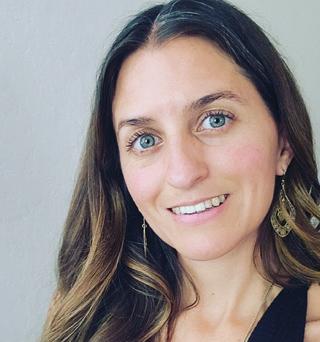






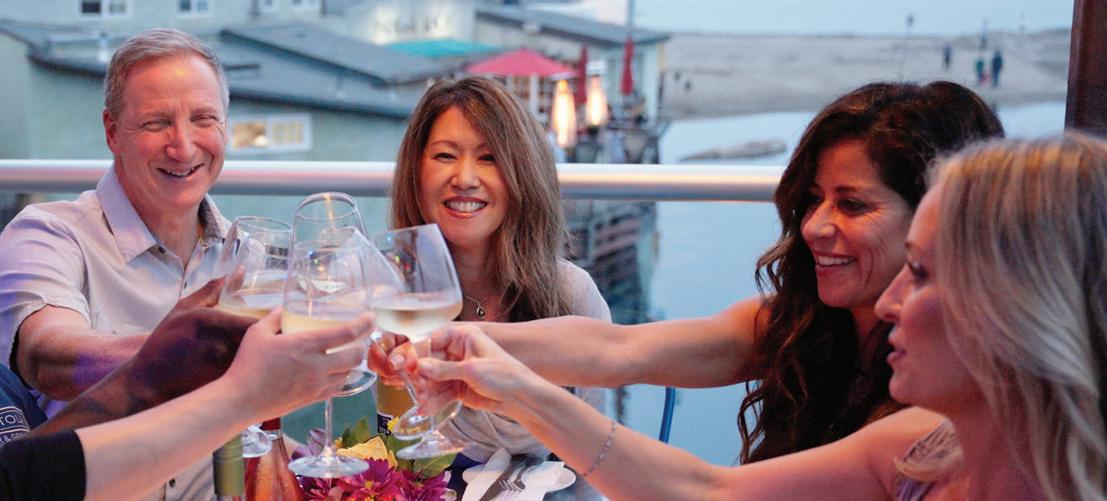



 BY SUSAN SALLUCE
BY SUSAN SALLUCE
PHOTOS PROVIDED BY SUSAN SALLUCE
Expressions of grief in the past 20 years have been an evolving and creative process. We can create a memory stone for the garden, plant a tree, secure a memorial bench along the cliffs with engravings of dates, sentiments and wishes, and incorporate ashes into a piece of jewelry. Additionally, in recent years, the trend of wearing our grief and connection on our skin via a memorial tattoo has surged in popularity. Those choosing to get memorial tattoos span a wide range of ages and cultures, appealing even to those who had never envisioned getting a tattoo before.
Think of the last time you saw someone with a portrait tattoo, the date of someone’s birth and death, or a symbol that leaves you wondering. It’s an invitation and a statement that welcomes a question as a conversation starter: “Would you tell me about your tattoo?”
It became a burning question I had as a grief specialist. I risked the question and was in awe of the answers. People want to share their grief. Those I asked rarely shied away — most were eager to tell the story of someone they love who is no longer alive. And in the telling, the deceased became alive, transcendent … not someone from the past, but a lover, friend, spouse or child who very much occupies the present, continuing to impact and shape the lives of the living — a connection that supersedes death.
Unprocessed grief is one of the top reasons individuals suffer depression, anxiety and loss of purpose. It is the untapped topic lying in the recesses of the heart and mind of many a patient who seeks out counseling. In a country and culture that has vastly avoided open discussions about suffering, dying and death, the memorial tattoo has shattered that cultural norm, opening dialogue and processing loss, grief and relationships.
“UNPROCESSED GRIEF IS ONE OF THE TOP REASONS THAT INDIVIDUALS SUFFER DEPRESSION, ANXIETY AND LOSS OF PURPOSE.”



The power and beauty of putting our grief on display through ink is that it reinforces our continued connection with those who have passed on. The bereft echo strength and vulnerability when they put their loss out there for the world to see. And when you and I see it, we must deal with our own discomfort of someone else’s pain and loss and ultimately our own mortality.
The memorial tattoo can open the door to sharing our grief. Rather than denying, stuffng and neglecting grief, talking about who died and the nature of the relationship, beckoning the individual to “tell me more” challenges the status quo we must avoid talking about pain, suffering and death or “you’ll upset that
person.” Spoiler alert: the bereaved are already thinking about their pain. Bringing up their loss isn’t new information. They are keenly aware of their grief — and if that mother, brother, husband or wife has tears streaming down their face when you ask, “Could you tell me about your memorial tattoo?” you’ve not made that person cry. You have just connected on an intimate and personal level. You have invited the individual to share about relationship and connection, not only loss and the accompanying pain.
As an author and grief specialist, I became so convinced of the power and transformation of memorial tattoos that I wrote a book called “griefINK: Tattoo as the Language
“THE POWER AND BEAUTY OF PUTTING OUR GRIEF ON DISPLAY THROUGH INK IS THAT IT REINFORCES THE CONTINUED CONNECTION WE HUMANS HAVE WITH THOSE WHO HAVE PASSED ON.”
of Grief.” The book’s narratives and poignant photographs illustrate the enduring connections people share with loved ones well after death.
Santa Cruz is ripe with talented tattoo artists and those with ink commemorating a loved one. When I asked for volunteers to share their losses and decisions to place their love and grief on their bodies, the individuals I met were not only open to telling their stories but also spoke to me for hours. Our time together felt sacred and holy. Those who had passed became as present as the person in the room. I learned about unique feelings and expressions of loss, continued connection, and that resiliency and hope are as much a part of one’s experience as is heartbreak. How great strength is required to put one’s losses out there for the world to see. The ink becomes the language of grief.
The 2013 tragic murders of Detective Elizabeth Butler and Sergeant Butch Baker ripped through our community, leaving behind a trail of sorrow, fear, anger and questions. Wes Hansen, who continues to serve on Santa Cruz’s police department, was on scene that day. Hansen’s connection to the fallen offcers, and the grief he experienced, is memorialized with a tattoo. Tim Buonagurio, of Good Omen Tattoo, brought to life the loss and strength on Hansen’s skin.
“I had Tim do a banner on my arm that has Butch’s and Beth’s badge number, the date they were killed, EOW (end of watch) and the number one with an asterisk, which those on the force know stands for ‘one ass to risk,’” Hansen shared. “All of my memorial tattoos are kind of like therapy for me as I go through the pain and suffering. My memorial tattoos help me draw strength.”
Sometimes, losses stack on top of one another. Santa Cruz resident “Bunny” had three deaths back-toback, including her beloved brother. When I asked her about her process, she said, “I love to talk about my brother. He isn’t defned by his death. His life, character and strength defne him. When someone asks about my tattoo, I’m really happy to share how three beautiful people were taken too early. I couldn’t be prouder to wear a memorial of my losses.”
For surfer Anthony Ruffo, his memorial tattoos symbolize choices and loss. “I got a tattoo in memory of my good friends Pete Davi and Jeff Spencer,” Ruffo explained. “Both were incredible surfers. My memorial tattoos symbolize so much: the rise above the past, a marker of pivotal moments; they keep me moving forward. I could be where Pete or Jeff is, but I’m not.”
Santa Cruz is a special place. We are a city that pushes the status quo, a people committed to opening dialogue in otherwise silent or controversial topics. It’s ironic that in the United States, grief is one of those topics that can polarize or quiet our voices. It can send the bereaved into a quiet retreat. The gift of the memorial tattoo is that the deceased becomes present, the silent given a voice, the suffering, an opportunity to share the grief, strength in the midst of sorrow. Santa Cruz has embraced this language of grief, and for that, we should be proud.
Next time you’re walking on West Cliff, strolling through downtown or posted up on your favorite place to watch the surf, take time to watch, look and notice. Don’t be afraid to ask: “Would you tell me about your tattoo?”
Special thanks to GriefINK local participants Wes Hansen, “Bunny” and Anthony Ruffo, and contributing photographers Matt Molinari, Dave “Nelly” Nelson and Howard “Boots” McGhee. To all those who opened their hearts and lives to tell the stories that live on their skin, you’re loved ones now live on in our hearts and minds.


Susan Salluce, a native of Santa Cruz, is the author of two books, “Out of Breath” and “griefINK: Tattoo as the Language of Grief.” She is currently a life coach and dabbling with a third book. While she and her husband recently moved to San Diego County to be closer to their children, she believes, “You can take the girl out of Santa Cruz, but you can’t take Santa Cruz out of the girl.” You can fnd her books on Amazon or through her website at susansalluce.org.








Ryan Augenstein, also known locally as Auggy, was born and raised in Santa Cruz, where he worked as a Junior Guards instructor and lifeguard before pursuing a professional surfng career. He’s traveled the world as a sponsored surfer and competed on the Big Wave World Tour.
“AUGGY HAS ALWAYS BEEN ONE OF SANTA CRUZ’S PREMIER SURFERS AND HAS MADE A NAME FOR HIMSELF HERE AND AT MAVERICKS. LAST YEAR, HE NABBED ONE OF THE BEST BARRELS EVER RIDDEN AT MAVS. THESE SLIDES ARE SOME OLDER SHOTS OF RYAN CHARGING MAVS AND AROUND TOWN” - NELLY
Notably, he did stunt work for the movie “Chasing Mavericks.” He enjoys instructing, providing students with the confdence and knowledge to go into the ocean independently. Ryan loves teaching lessons at Surf School Santa Cruz but loves chasing swell even more - the bigger, the better!



 BY NEAL KEARNEY PHOTOS BY RYAN “CHACHI” CRAIG
BY NEAL KEARNEY PHOTOS BY RYAN “CHACHI” CRAIG
When it comes to having fun riding waves, proper etiquette is required. I’m not talking about the correct way to drink tea or fold your napkin when grandma is coming over for dinner. Responsible surf etiquette is serious business and must be followed to ensure that everyone sharing the waves can do so without injury or even death. The ocean itself is a deadly force of nature that must be respected at all times. Add in some sharp, pointy boards wielded by those who might not be able to control them properly, and you have a recipe for disaster.
Surfng is an activity where beginners constantly fnd themselves overestimating their preparedness and abilities. In our local waters, matters are complicated even further by rough, frigid waves, which has become increasingly apparent in the past 20 years. Hospitals are seeing more surfng-related injuries than ever, and frst responders are being stretched thin during big swells where newcomers to the sport fnd themselves literally in over their heads.

For frst responders like Central Fire’s Dusty Marty, the most important frst lesson for surfers isn’t which foot you strap your leash to or how you carry your board. It’s about getting in and out of the water without hurting yourself or others. Here’s Dusty’s advice: “Basically, for us, coming from the public service side, when you say surf etiquette to me, the frst thing I think of is safety. The ocean is dangerous, and the best etiquette is going to be somebody coming into a situation being able to not only help themselves but others. Knowing how to do that, and having the awareness of when they need to call somebody to help.”
Former Championship Tour surfer Adam Replogle has been a fxture on Santa Cruz breaks for over four decades, and in his opinion, surfing safely cannot be emphasized enough. He equates surf etiquette to that found on the open road.
“There are rules to the road because it’s dangerous when someone’s driving,” he explains. “The surfboard is a dangerous, dangerous thing if someone’s out of control. People can get extremely hurt. That’s the only time I really think people should sternly educate others, when someone presents a clear and present danger to others in the lineup.”
Thankfully, there are ways in which surfers of all skill levels can make
“THANKFULLY, THERE ARE WAYS IN WHICH SURFERS OF ALL SKILL LEVELS CAN MAKE SURE THEY’RE DOING EVERYTHING TO KEEP THE LINEUP A SAFE PLACE.”
sure they’re doing everything to keep the lineup a safe place. This includes constant reevaluation of their skills, requiring sober self-refection and self-awareness.
Questions any surfer should ask themselves, regardless of their experience, include: What is the swell doing today? What are the tides doing? What are my points of entry and exit? Does this wave break over sand or reef? Am I familiar with this break? What’s the appropriate equipment to use for this break, on this swell? And if a fellow surfer
seems a bit peeved when one does fnd themselves out of control, don’t take it too personally. Sometimes we need a stern reminder from a knowledgeable veteran to let us know when we’re in the wrong. When posing a threat to other surfers’ well-being, a few sharp words may not feel good, but it’s not the end of the world.
Back when Replogle was learning to surf, the culture was a lot different. The rules were taken more seriously, and if you were inexperienced and found yourself surfng carelessly, the repercussions could land you in a world of hurt.
“It wasn’t uncommon when I was a helgie (slang for young surfer) surfng Pleasure Point, for a grown man to slap a kid. I had people do stuff like fick their surfboards at me and smash the fns off my surfboard just to teach me to learn my lessons. I would go home crying. I was sad, you know, it bummed me out.”
While violence is never the answer to any of life’s problems, it did have a way of making surfers think a little harder about just when and where they paddled out. “In one way, it was a good way to control the lineup,” admits Replogle regarding how things used to be. “So you learned really quick. If you were in the way, guys would bark at you and really make you uncomfortable.”

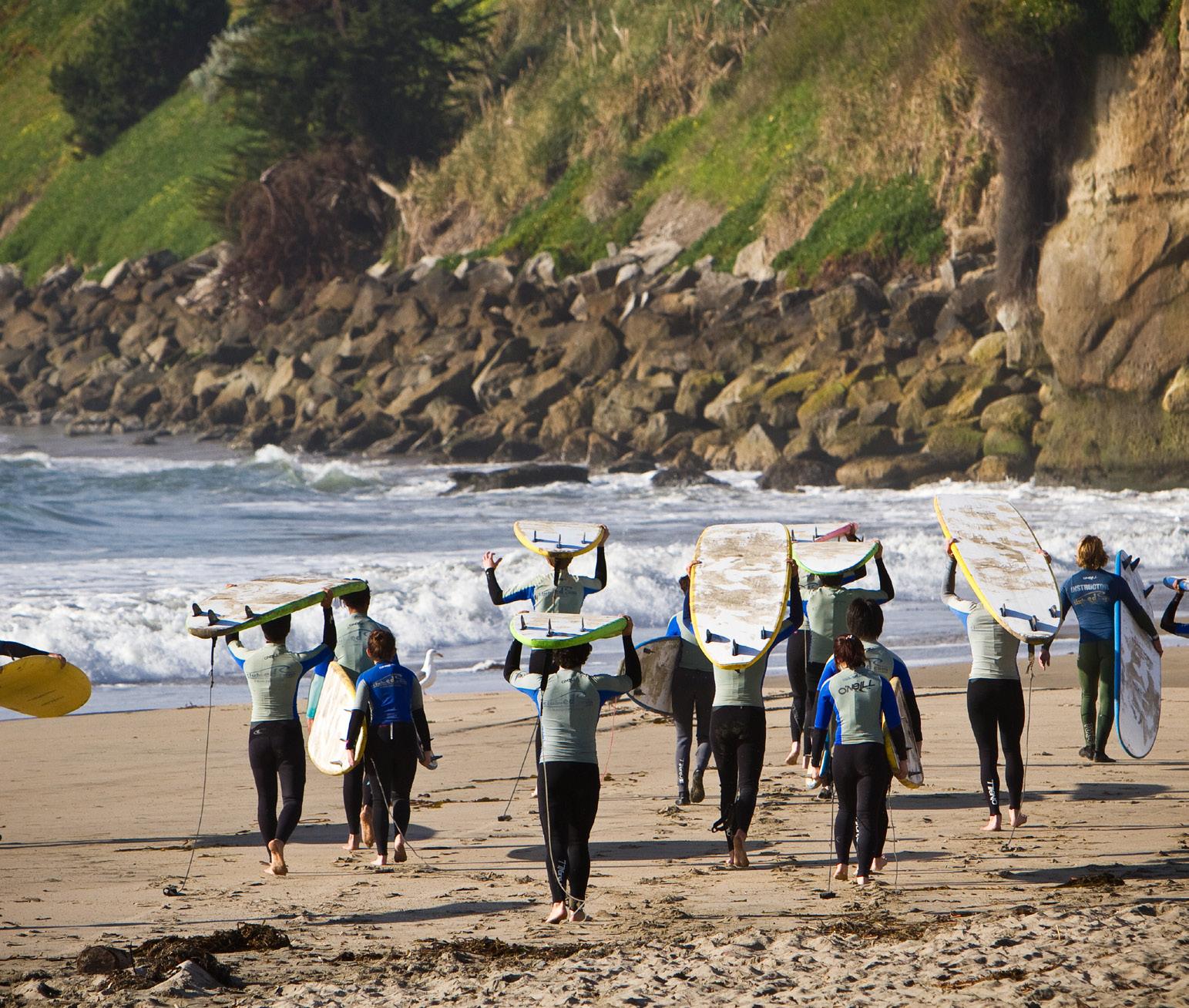
World Surf League commentator and big-wave legend Peter Mel owns Freeline Design Surf Shop and takes pride in the fact that he and his employees are often the frst line of defense in the safety of our local lineups. He feels that shops like Freeline can make a big difference in steering new surfers in the right direction, as opposed to learning the hard way from a peeved, experienced surfer.
“We’re often the frst place you would fnd that information about as a surf shop and a rental business,” explains the 54-year-old Mavericks pioneer. “You can talk about everything to the people that work there and hopefully they can guide you and tell you about the best places to go during that day and what the conditions are like. If the tide’s too high that morning, for example, to wait it out and come back in the afternoon when the tides are better.” Unless you are lucky enough to have a friend or family member instill in you the ins and outs of proper surf etiquette, taking private lessons from an established surf school is your next best bet. Luckily, here in Santa Cruz, there are a number of successful surf schools owned by experienced surfers with expert surfers as instructors.
One such outft is Santa Cruz Surf School, owned by Pleasure Point ripper, Bud Freitas. Freitas only employs lifelong surfers who can draw upon their own experience to provide the most comprehensive instruction possible to newbies. One of Freitas’s knowledgeable instructors is Ryan Augenstein. Augenstein, a 41-year-old Mavericks charger, sees the value in what surf schools can deliver.
“I think going to a surf school to learn etiquette is kinda like going to a driving school to learn how to drive. It’s very unfamiliar for most people, so it’s safer and more benefcial to have instruction by an experienced person showing and guiding you through the process.”
Once you get those basic skills dialed in, you can start to build upon your experience. Starting at beginner-friendly breaks such as Cowell’s and Capitola, and from there setting a goal to move on to more advanced breaks once you have put in the time out there and feel extremely comfortable.
For Mel, extensive experience at these mellower lineups is crucial. “The groups surfng these kinds of waves understand that it’s primarily going to be beginners that they’re surfng with, and there are gonna be people out there who make mistakes. So you learn, and you graduate to the next, more challenging break as you get better. At Pleasure Point, we’ve got 38th Ave., 2nd Peak, 1st Peak, going all the way up to Sewer Peak. It can take years to make that movement to that area of the lineup out of respect to the el-
ders and to those with the skill and experience to ride those increasingly diffcult breaks.”
One of the most important things to remember about surfng in and around the point breaks here in Santa Cruz is that when the tide rises, the entry and exit points become more dangerous to utilize safely. The waves break closer to the cliffs, with more force. So when you combine a powerful swell with a high tide, making it in and out of the water can pose a tremendous risk to even the most seasoned of surfers.
Firefghter Henry Tobias, also of Central Fire, cannot stress this fact enough. “Approaching it with a plan of attack on these kinds of days is paramount. When assessing the conditions that are presenting themselves, one must be confdent. Do you know where you need to go
to get out for the day? Because you might not be able to get out at the same place that you entered. Looking at Pleasure Point and Steamer Lane, there are staircases down that make it super easy to get into the water, but once you’re in there it can change so quickly so it’s vital that you have that knowledge – knowledge that you build up over time to navigate that kind of situation safely.”
At the end of the day, we all go surfing for the same reasons: to connect with nature, detach from our problems, and enjoy that ethereal experience of harnessing nature’s energy, one ride at a time. So, do your part. Study the swells, familiarize yourself intimately with the breaks, dial in your equipment, introduce yourself to a friendly local, and most importantly, know your limits — that way we can all focus on having a ball.

Who’s





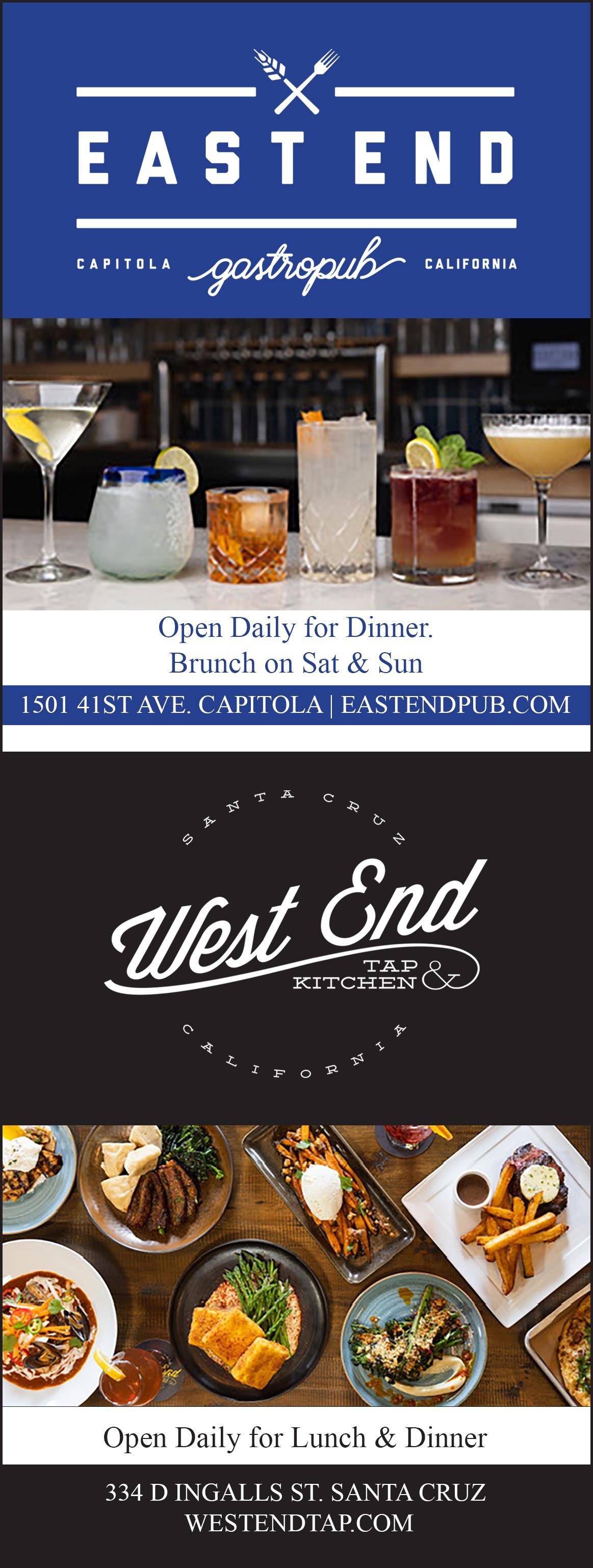




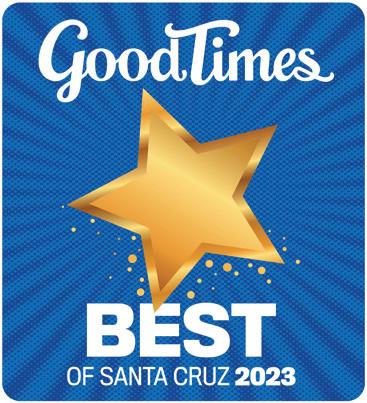
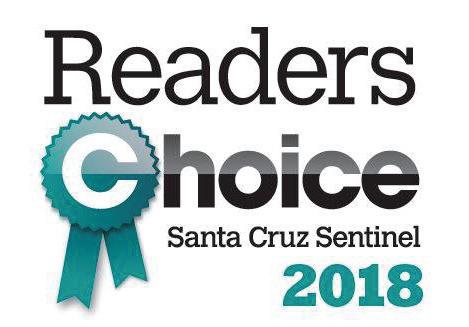


10% of profits go back to the community
Taste the flavors of Spring! We partner with local farmers to bring you high-quality organic fruits and vegetables, including favorites like asparagus and artichokes.
Half Moon Bay • Downtown Santa Cruz Westside Santa Cruz • Capitola • Aptos
Swing into spring


I’m sure that “One Love,” the cinematic homage to Bob Marley, will receive its fair share of thumbs-downs from esteemed movie critics. Many reviewers might express disappointment, expecting more from a flm chronicling the life of such a legend. However, my perspective is unavoidably different. Back in 1981, I found myself in Logos Books & Records, picking up a used cassette of “Exodus,” which I then listened to in the back of an El Camino as the sun set over Natural Bridges. It was a life-changing event and one that creates a heavy bias in this current review of “One Love.”
KINGSLEY BEN-ADIR shows commitment and reverence in his portrayal of Marley in the movie. His mastery of the Jamaican Patois dialect is almost worthy of seeing the flm alone. For me, the 1 hour and 44 minutes was lifted by a familiar and uplifting soundtrack. I lost count after 15 songs during the movie and later found myself jumping back into some “Wailing Wailers” on Spotify in the car after the movie ended. The movie best serves as a simple introduction for a new audience to the complex world that Marley (Nesta Robert Marley) not only grew up in Saint Ann Parish, Jamaica, but also highlights his trailblazing rise to the top of rock ‘n’ roll culture.
His unique blend of reggae, ska and rocksteady revolutionized the music scene and became a powerful voice for social justice. Marley’s lyrics were more than just catchy

Set in post-World War I Birmingham England, “Peaky Blinders” is a British crime drama that revolves around the Shelby crime family, led by the charismatic and cunning Tommy Shelby. The series unfolds against a backdrop of political and social upheaval, exploring the Shelby family’s ascent in the criminal underworld. The show weaves historical events, gang rivalries and complex characters into its narrative. The six seasons on Netfix features tight storytelling, atmospheric cinematography, a stellar lead performance from Cillian Murphy supported by strong cameos from ANNA TAYLOR-JOY and

tunes; they were anthems of resistance and unity: “One Love,” “Redemption Song” and “No Woman, No Cry” completely transcended genres, resonating with people across cultural and geographical boundaries. He symbolized hope for those facing oppression and inequality, especially in his homeland.
If you want a deep dive into Marley, skip this movie. I would recommend streaming the 2012 documentary “Marley” or downloading “So Much Things to Say” on Audible (13 hours in “his,” familys’ and friends’ own words!) Better yet, maybe just go park on a cliff during the next epic sunset, press “play” on Exodus, and get to know him a little bit on your own.

THE QUEEN’S GAMBIT - NETFLIX

Portrayed by ANNA TAYLOR-JOY, “The Queen’s Gambit” unfolds the journey of orphaned chess prodigy Beth Harmon. Set in the 1950s and 1960s, the series delves into Beth’s ascent through the male-dominated realm of competitive chess. Battling addiction and personal demons, she faces challenges both within and beyond the chessboard. Beth’s complex relationships, strategic brilliance, and determination make for a compelling narrative that is a surefre “one day binge” candidate.





